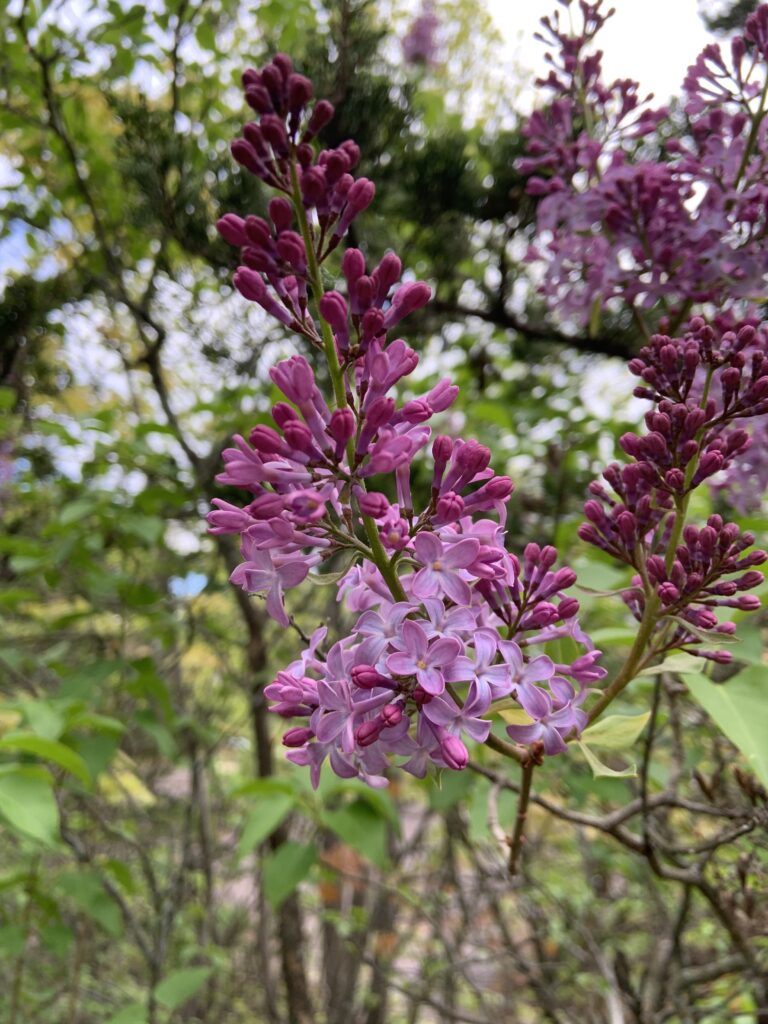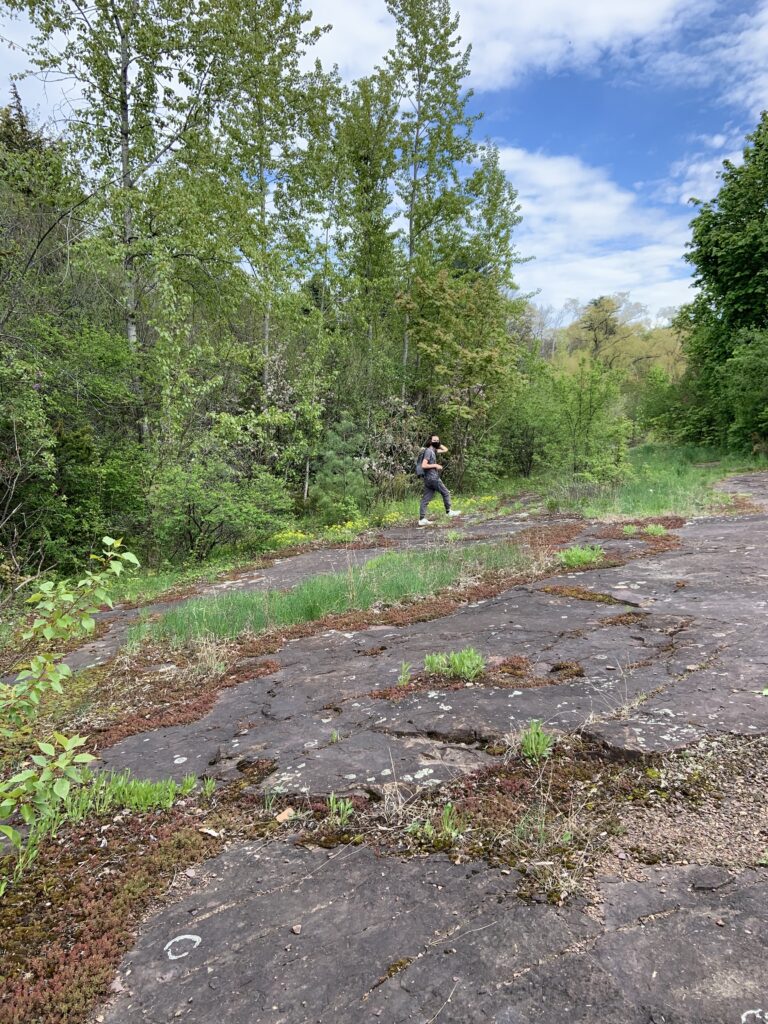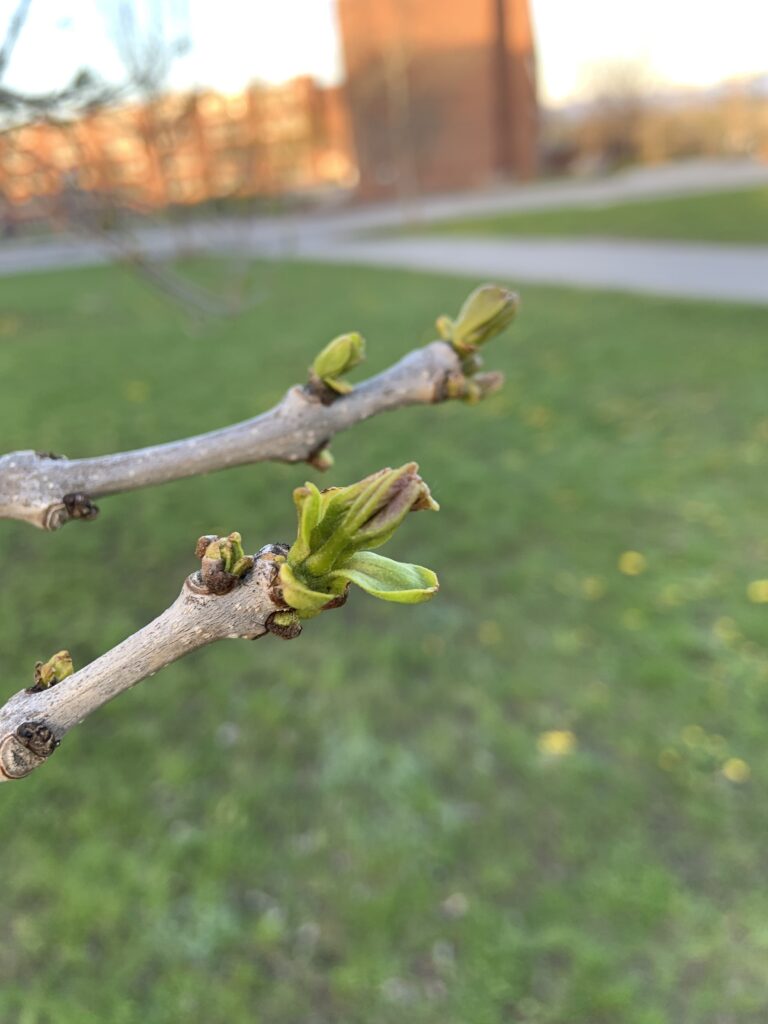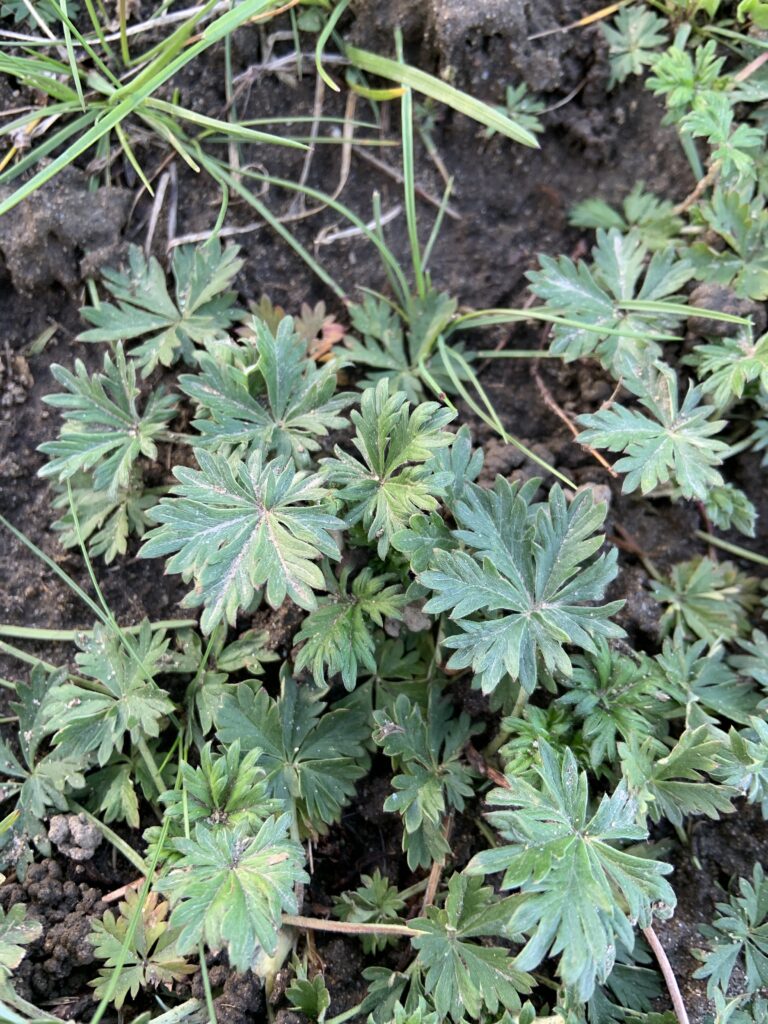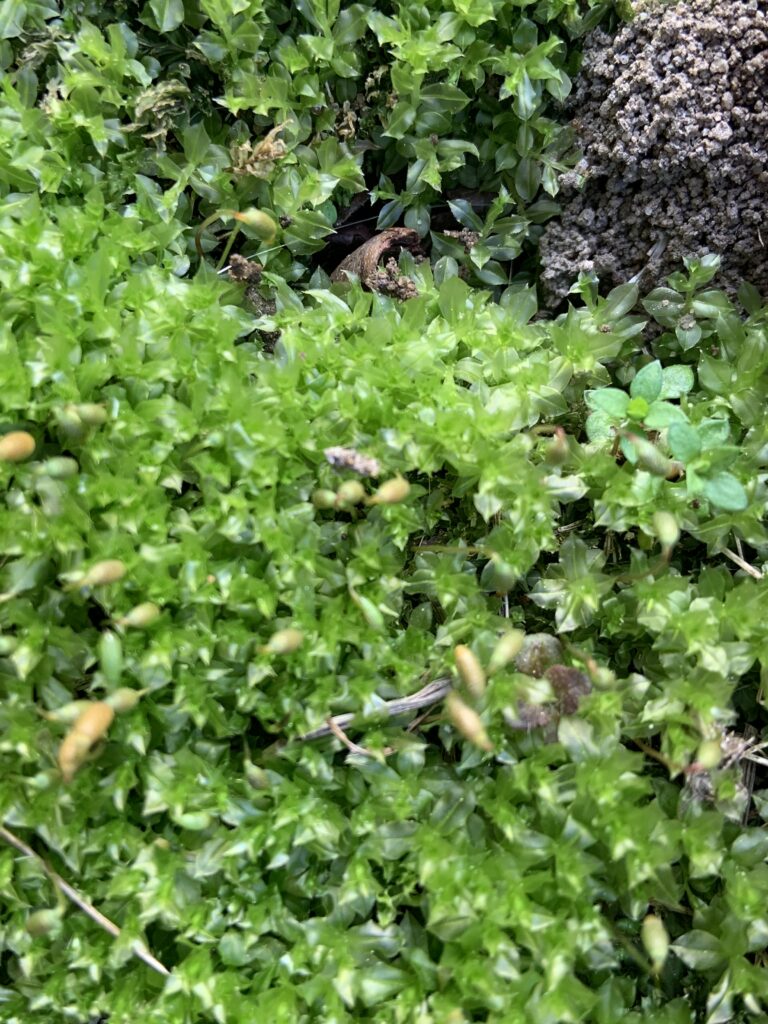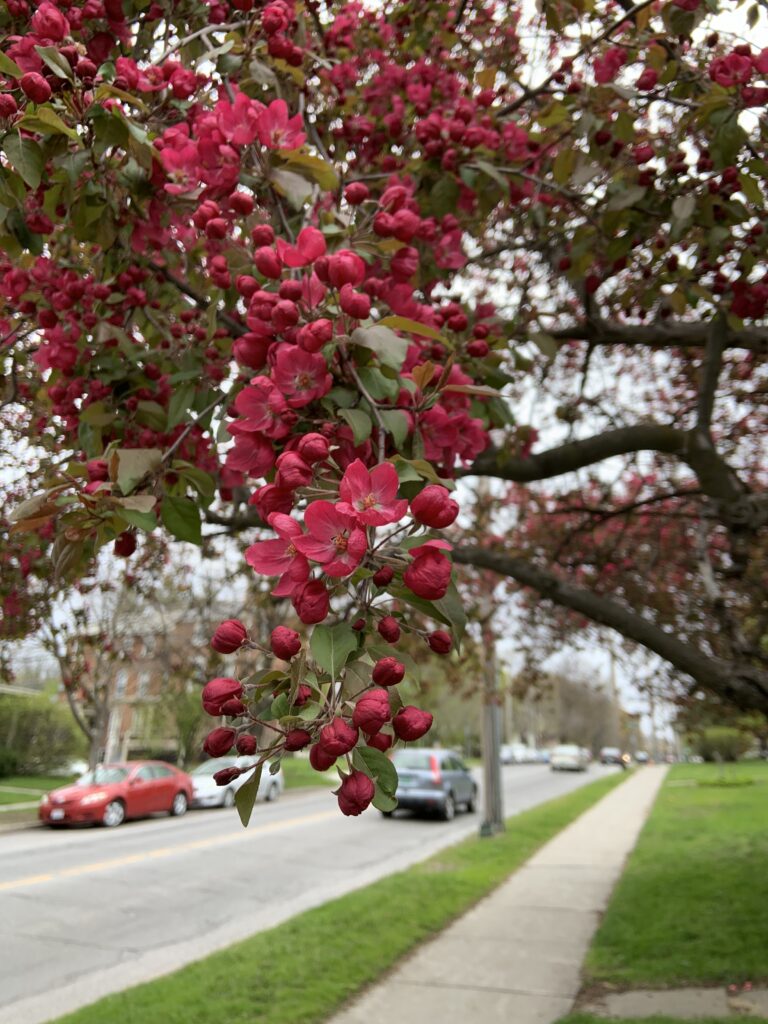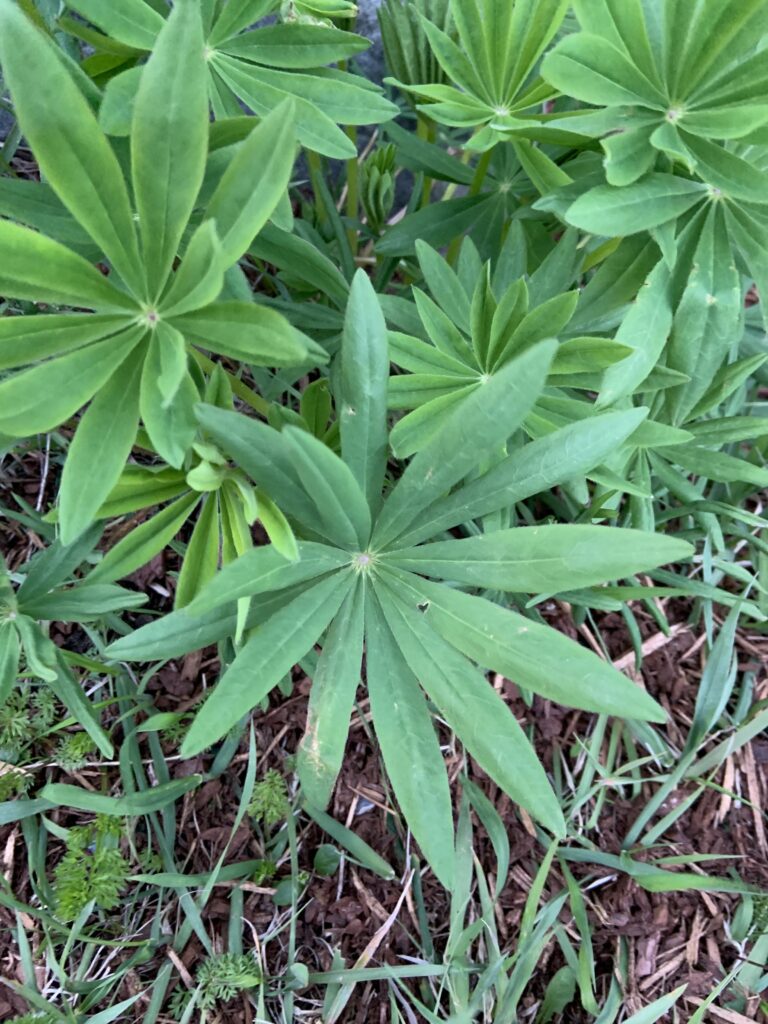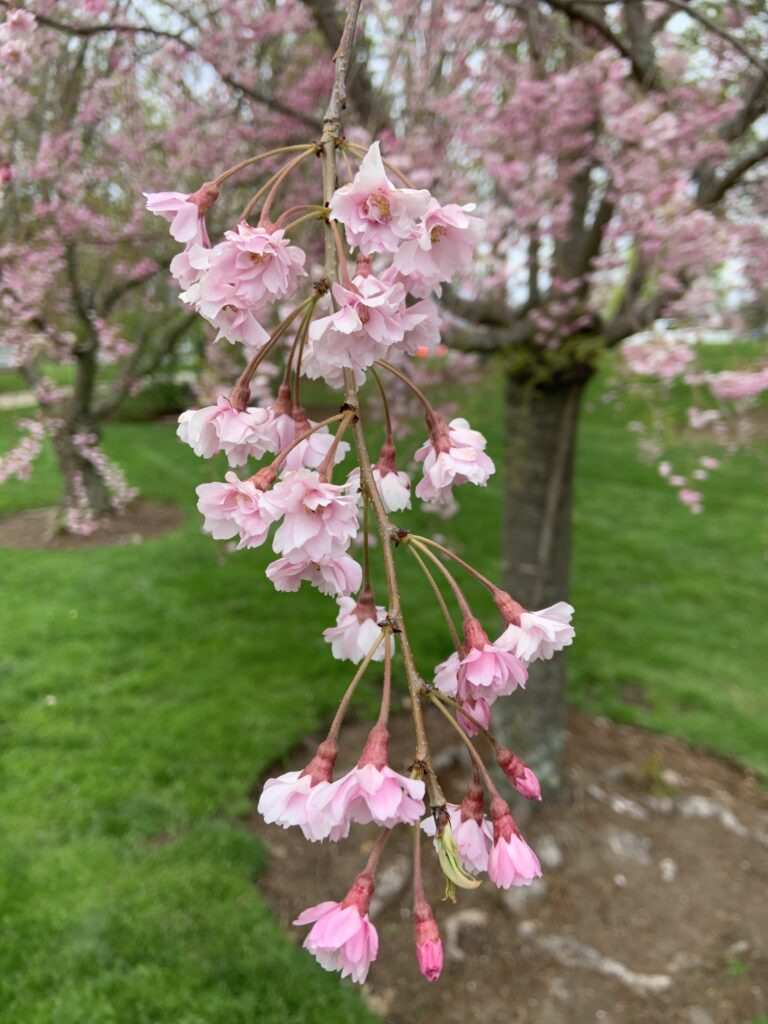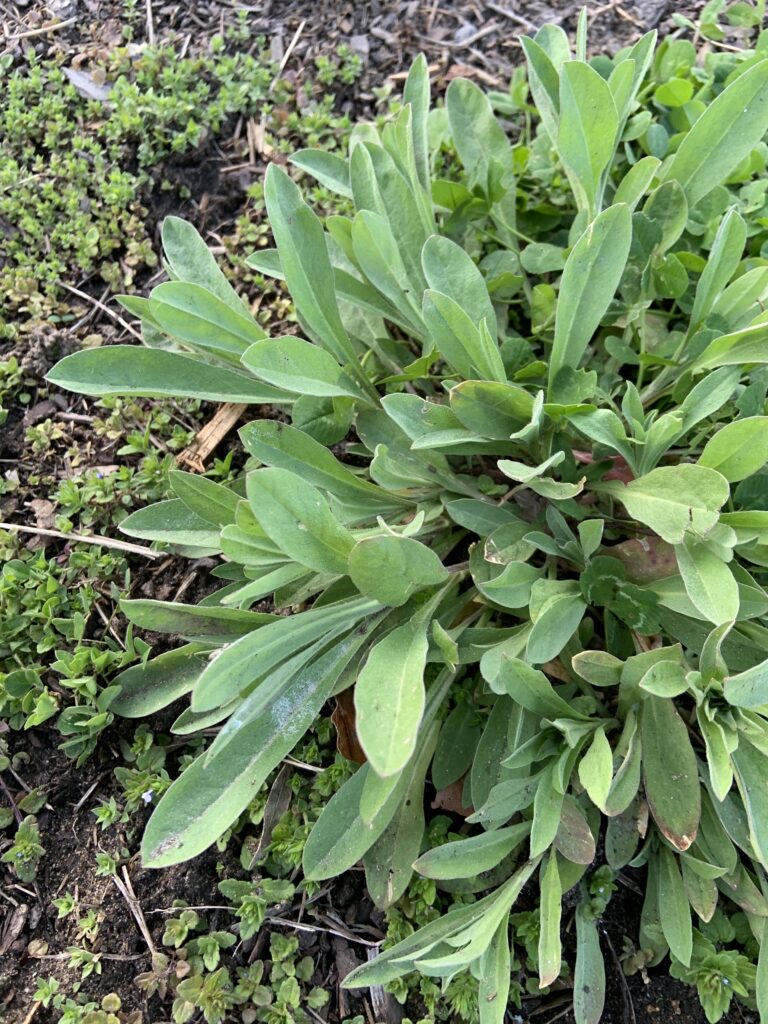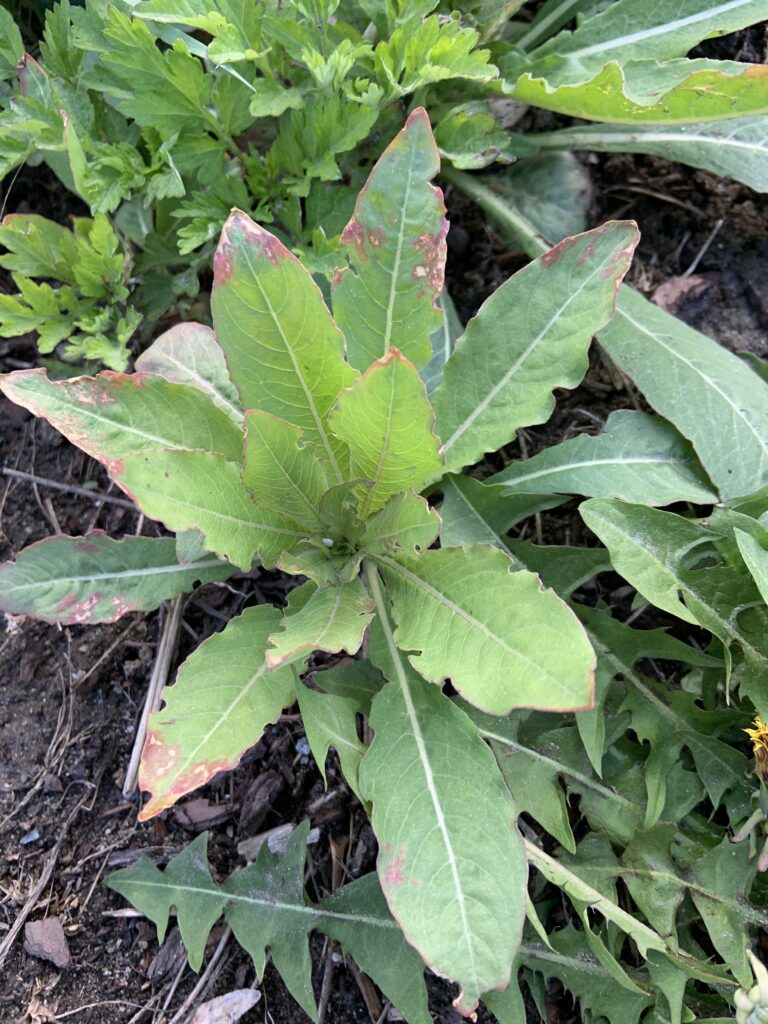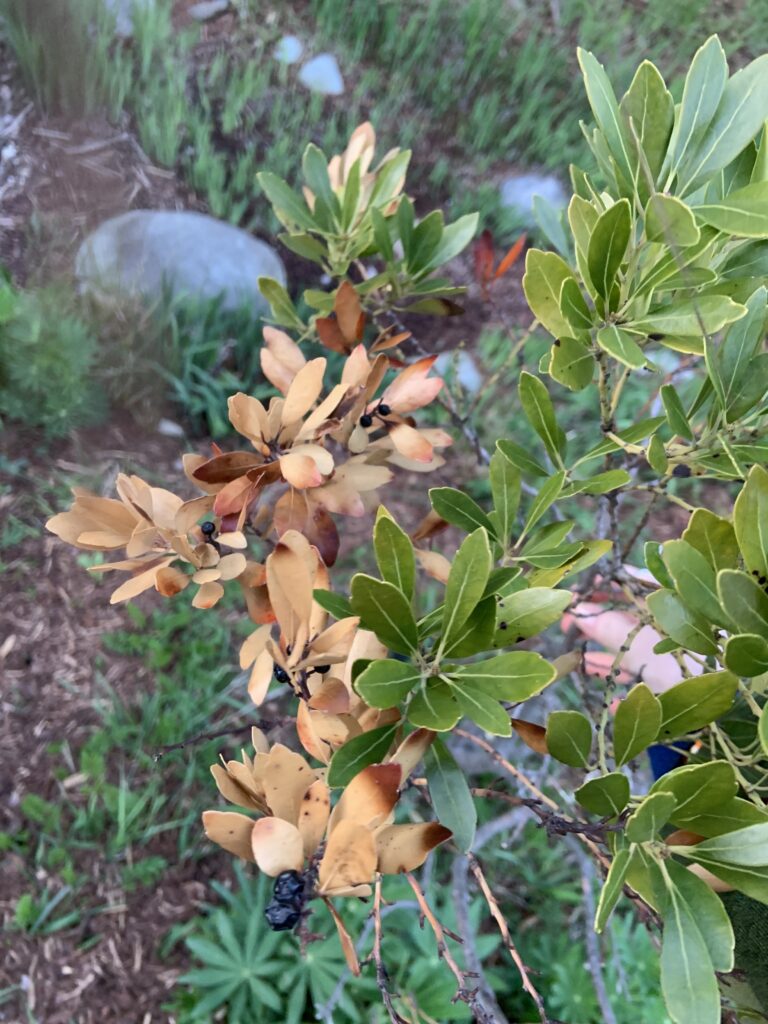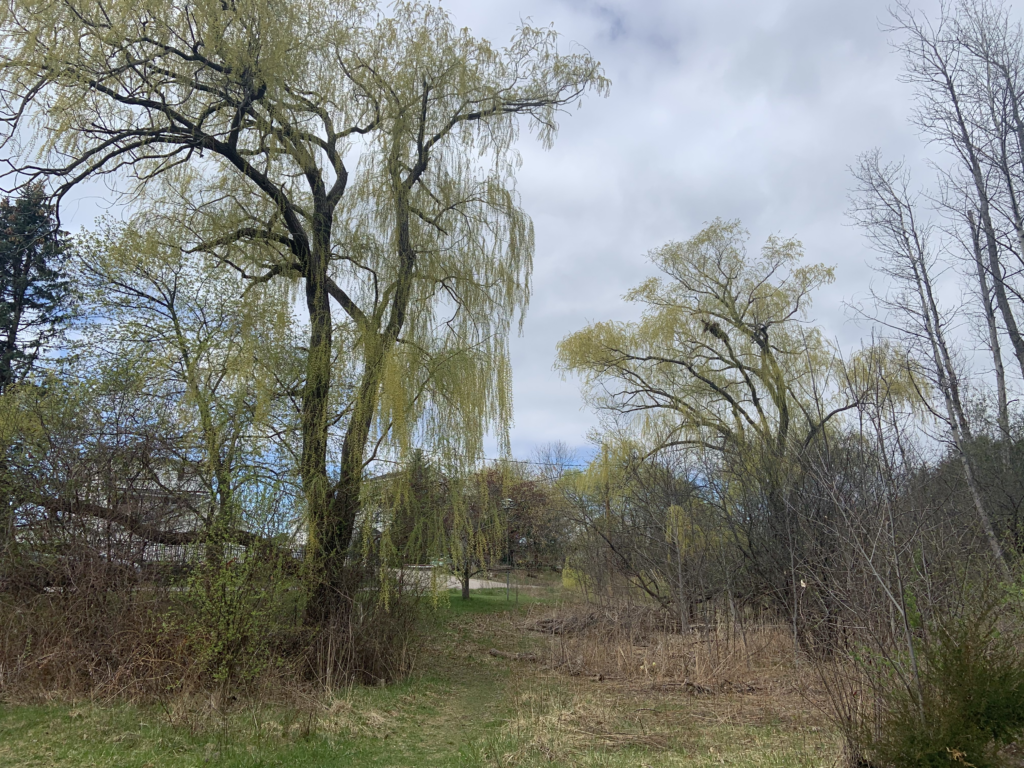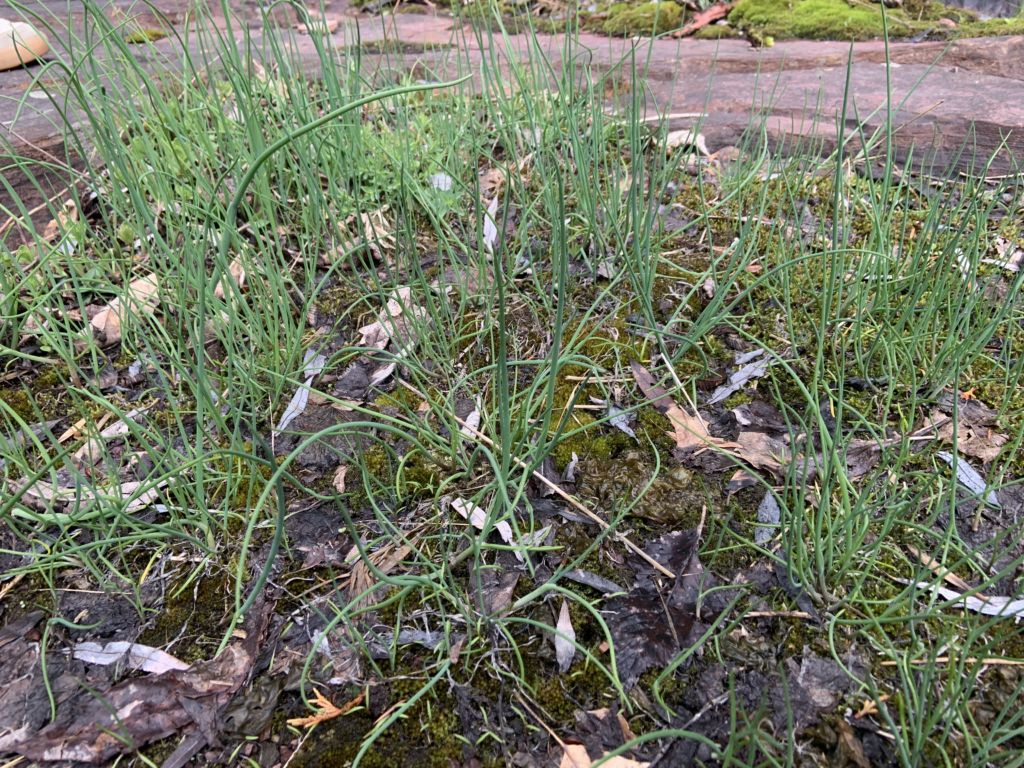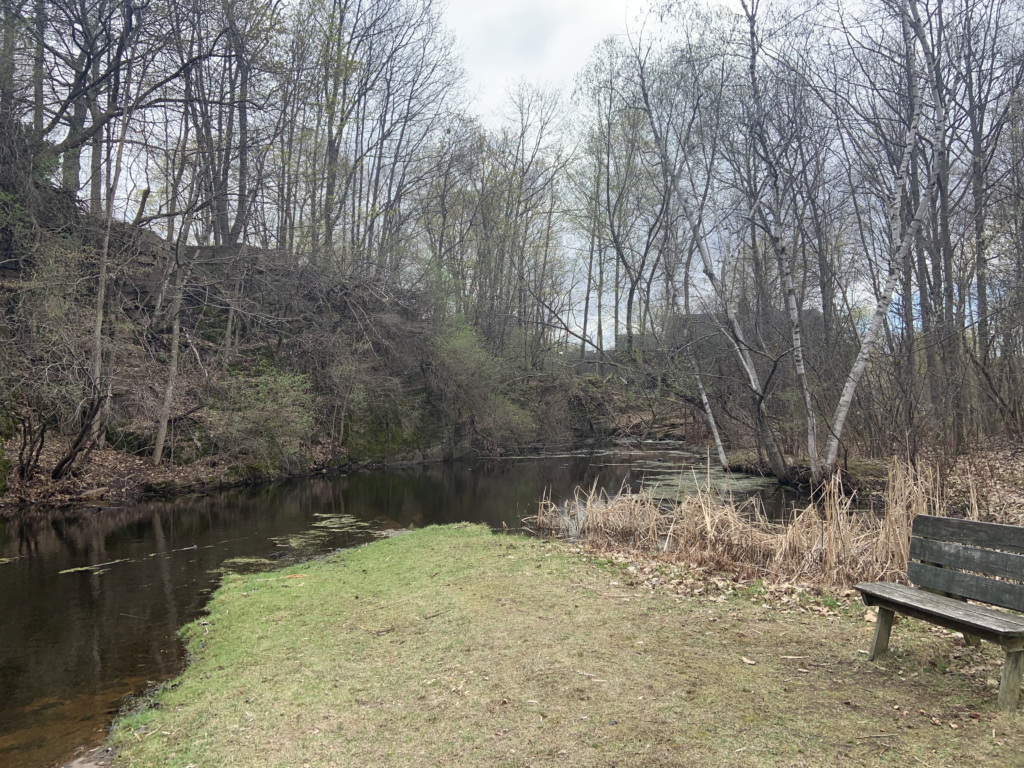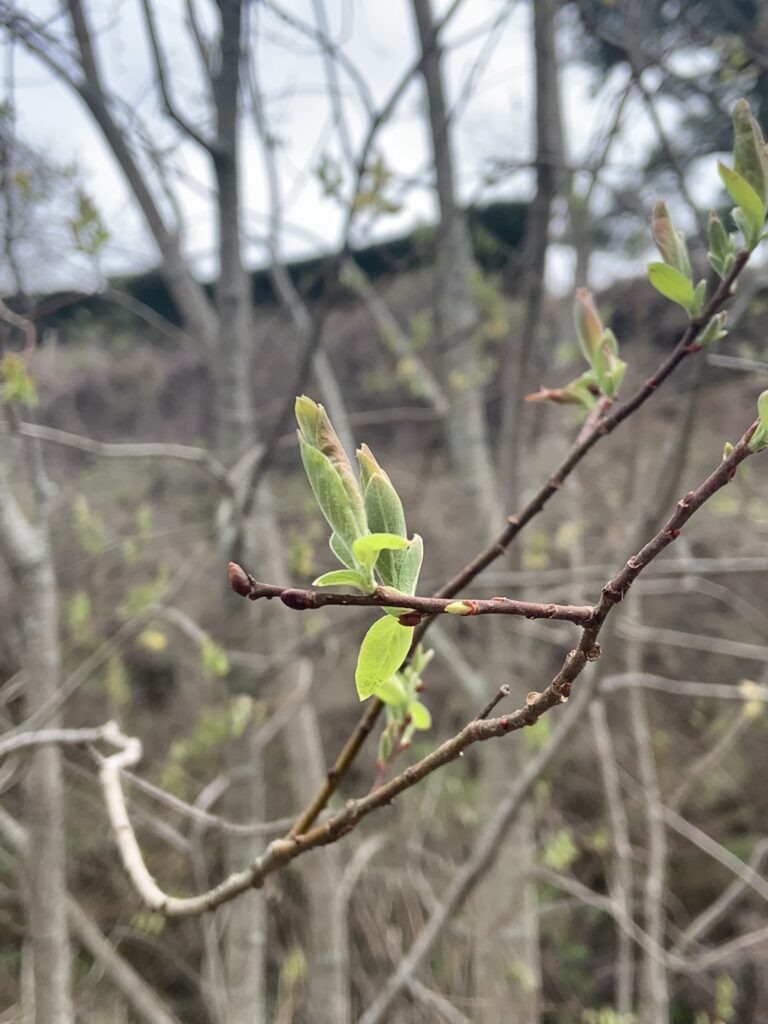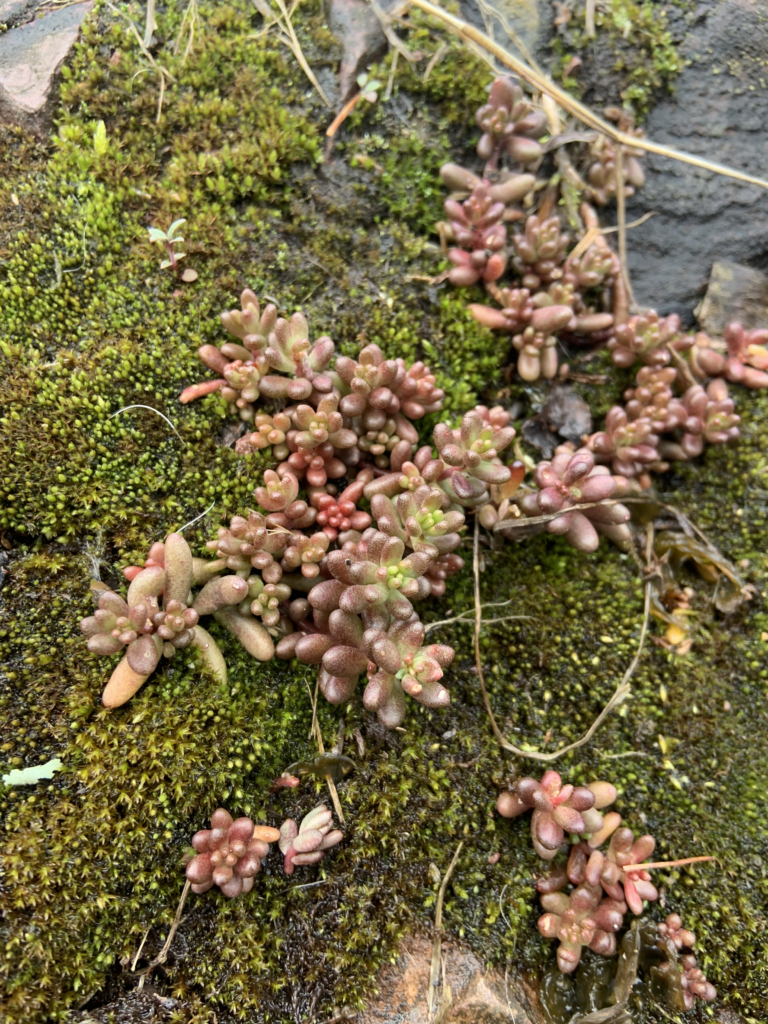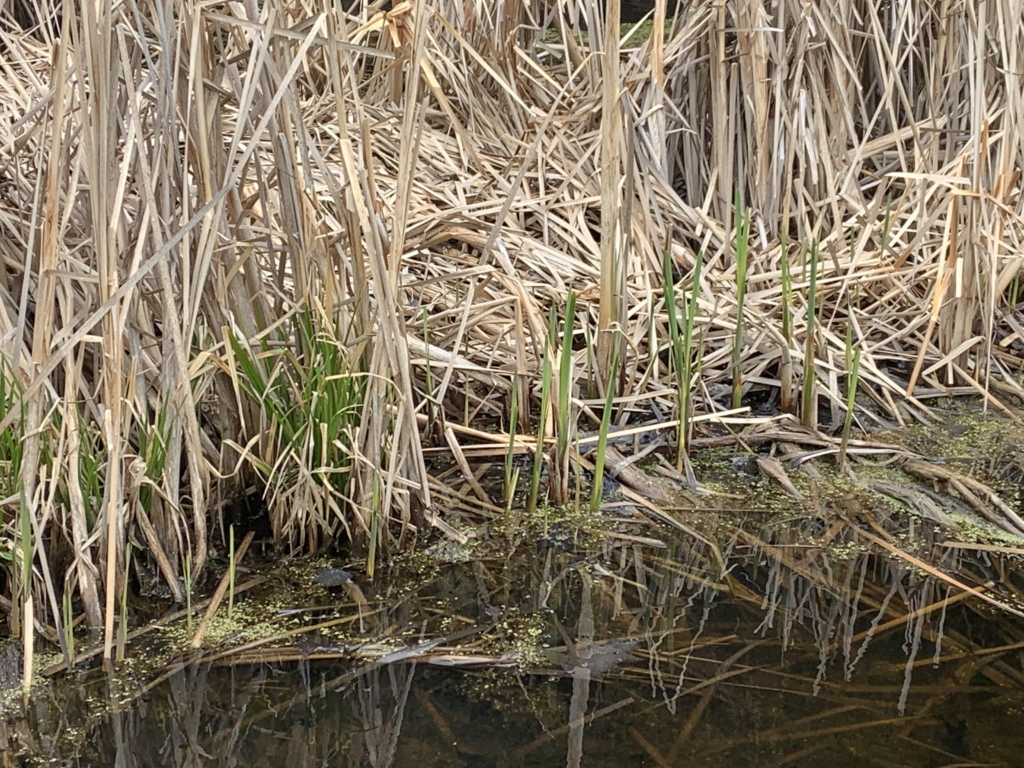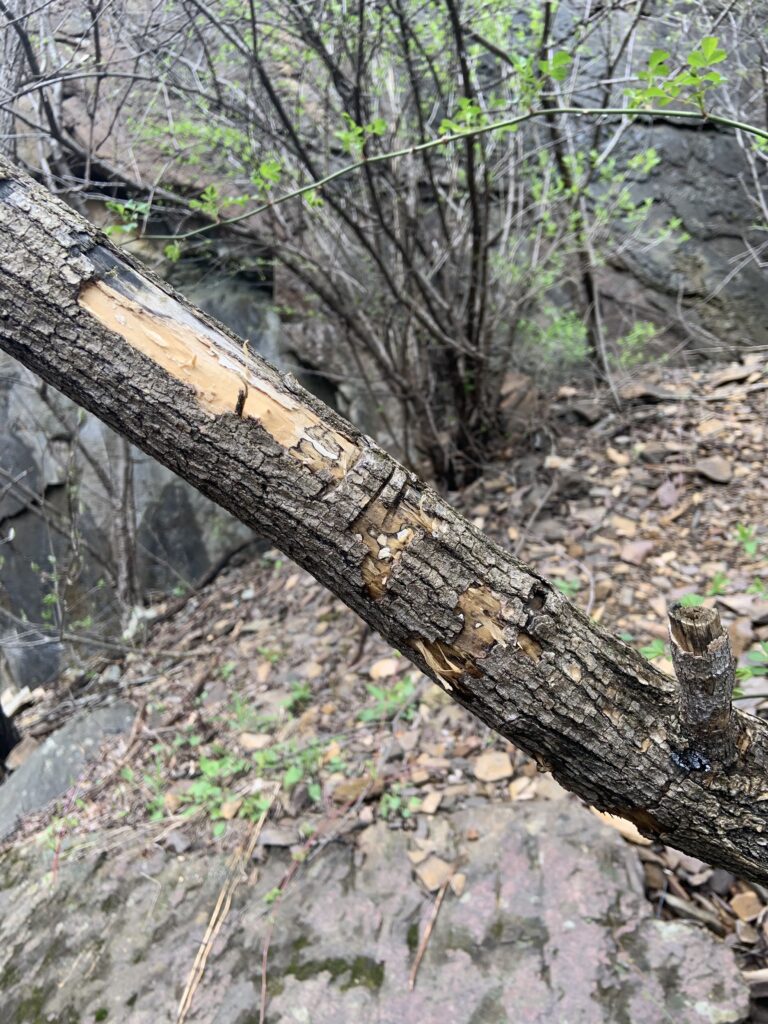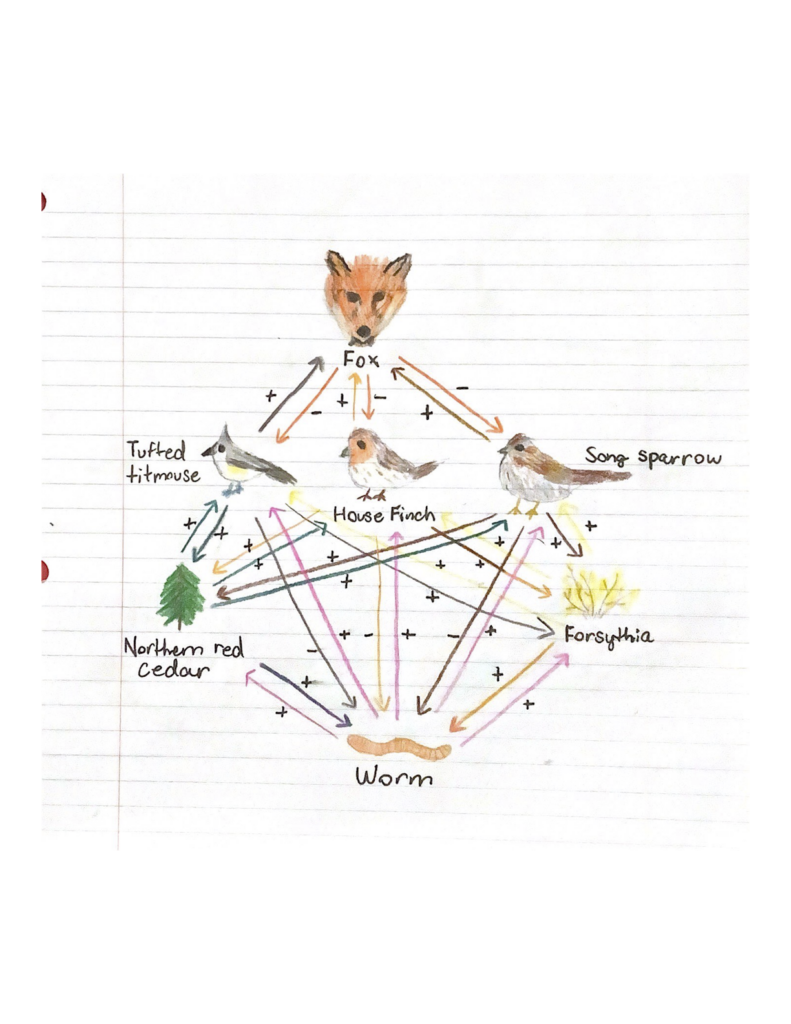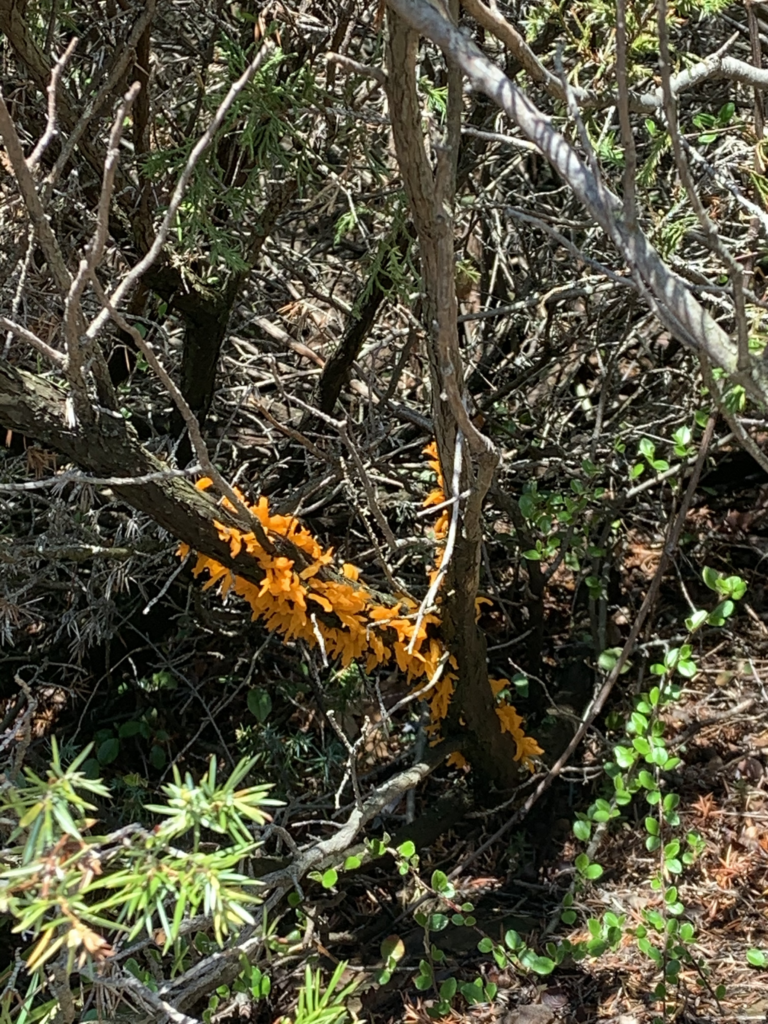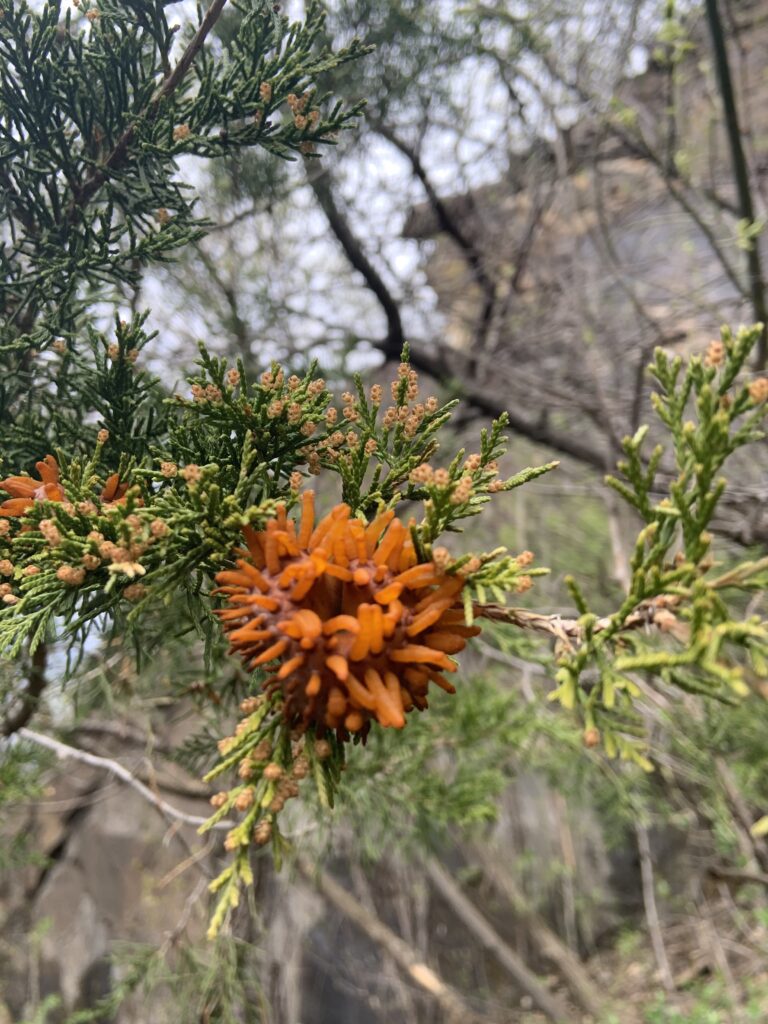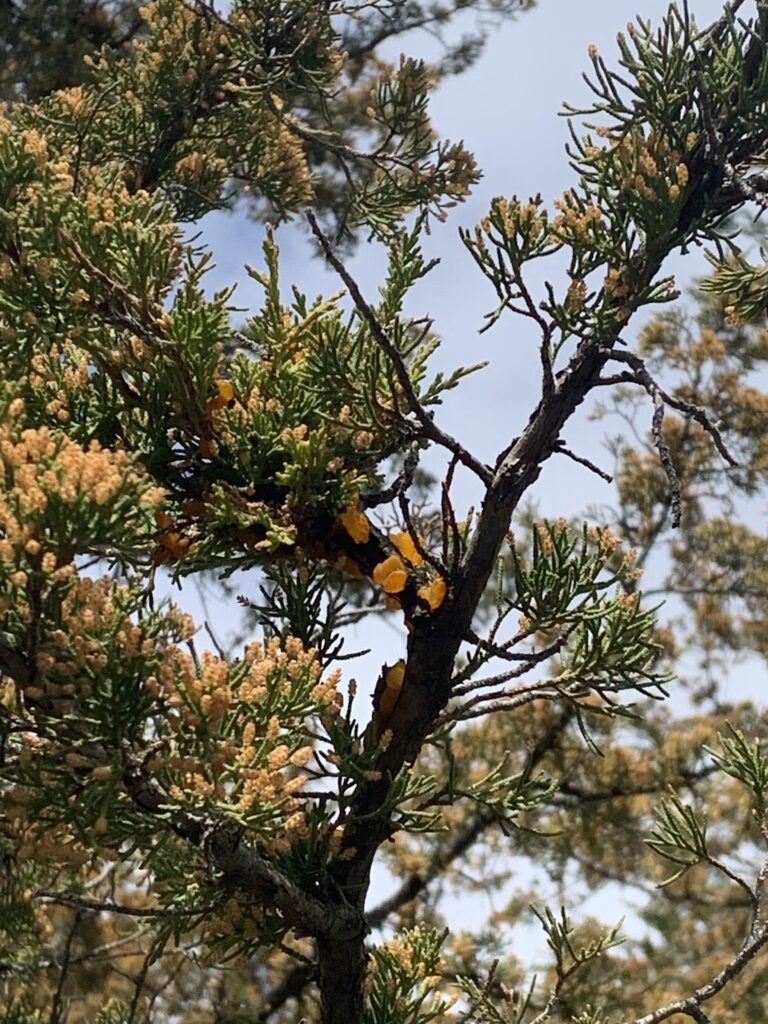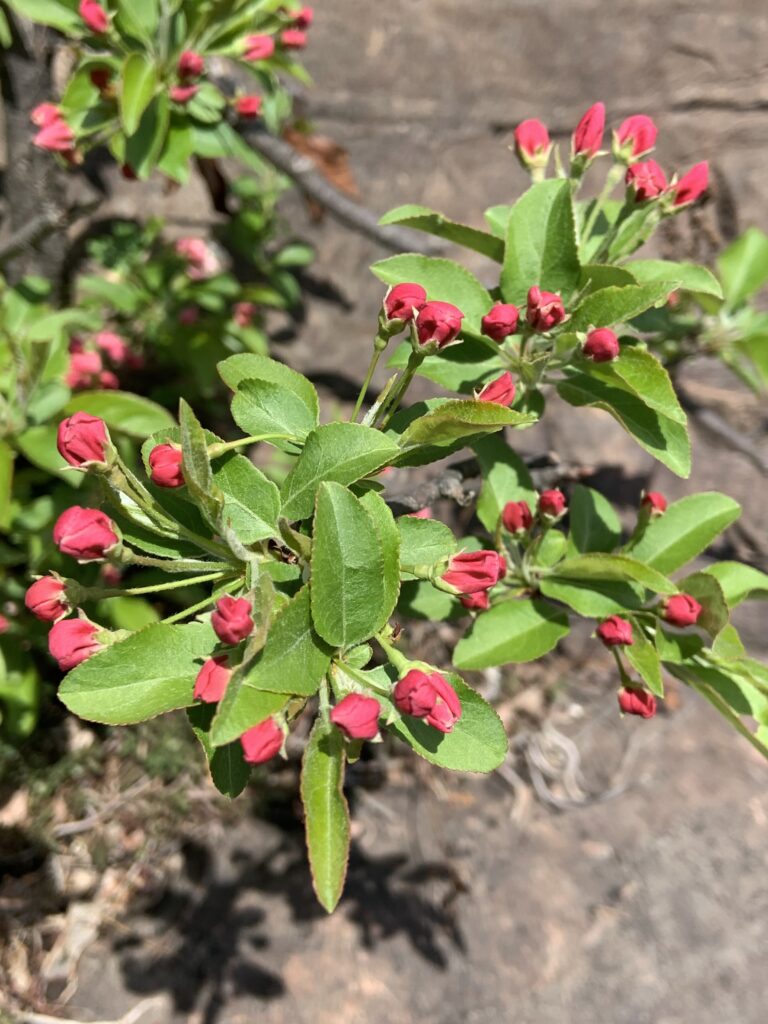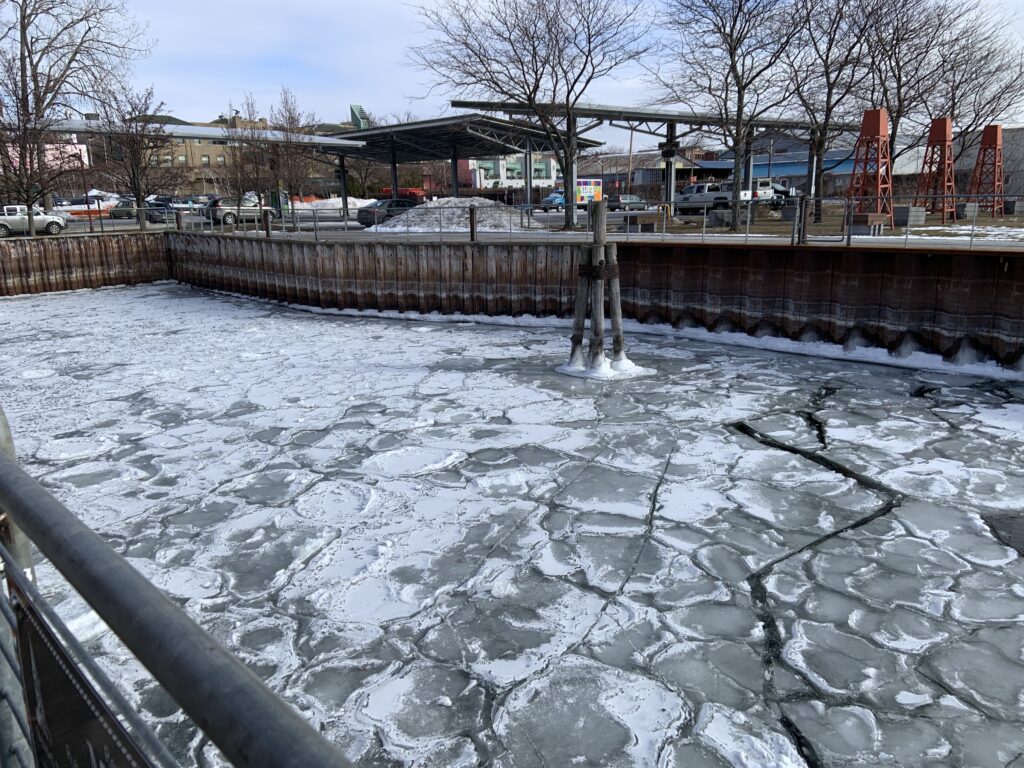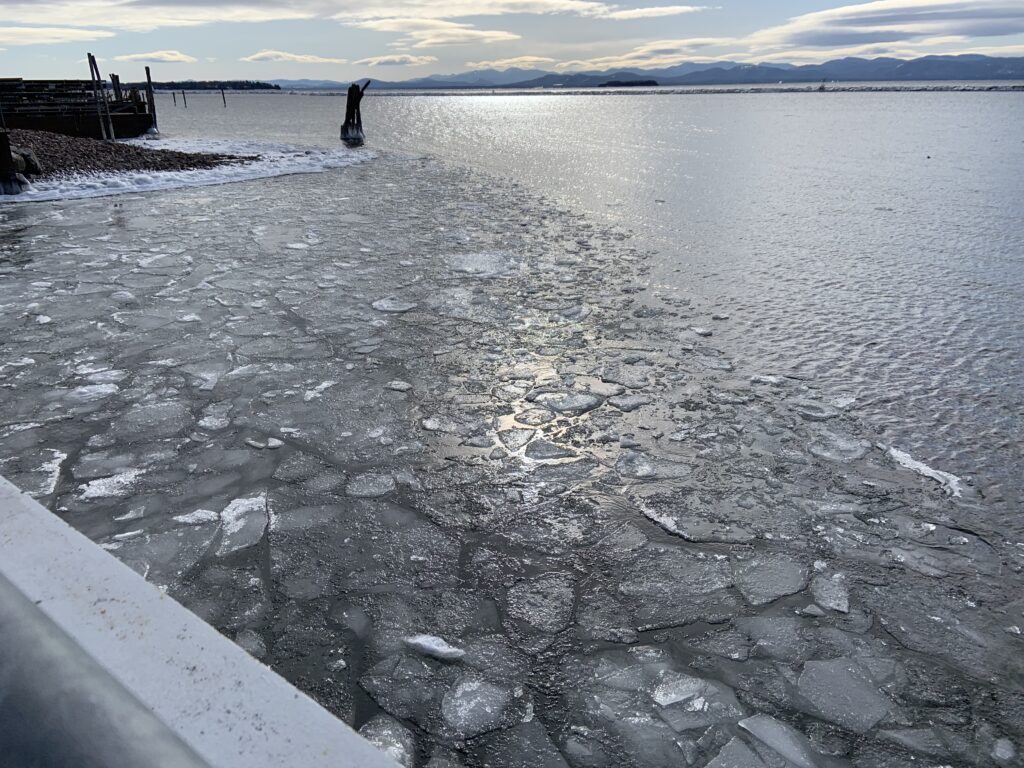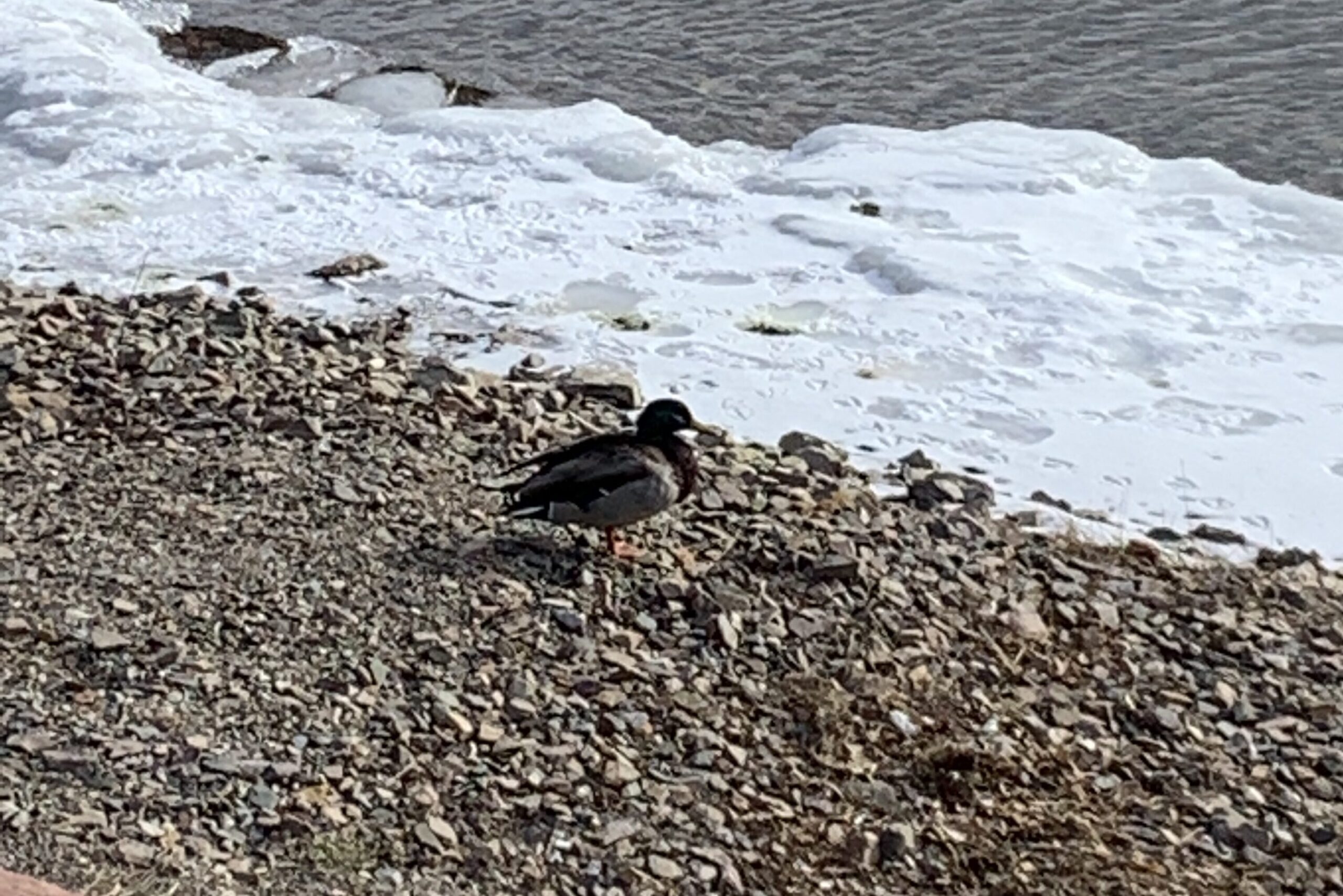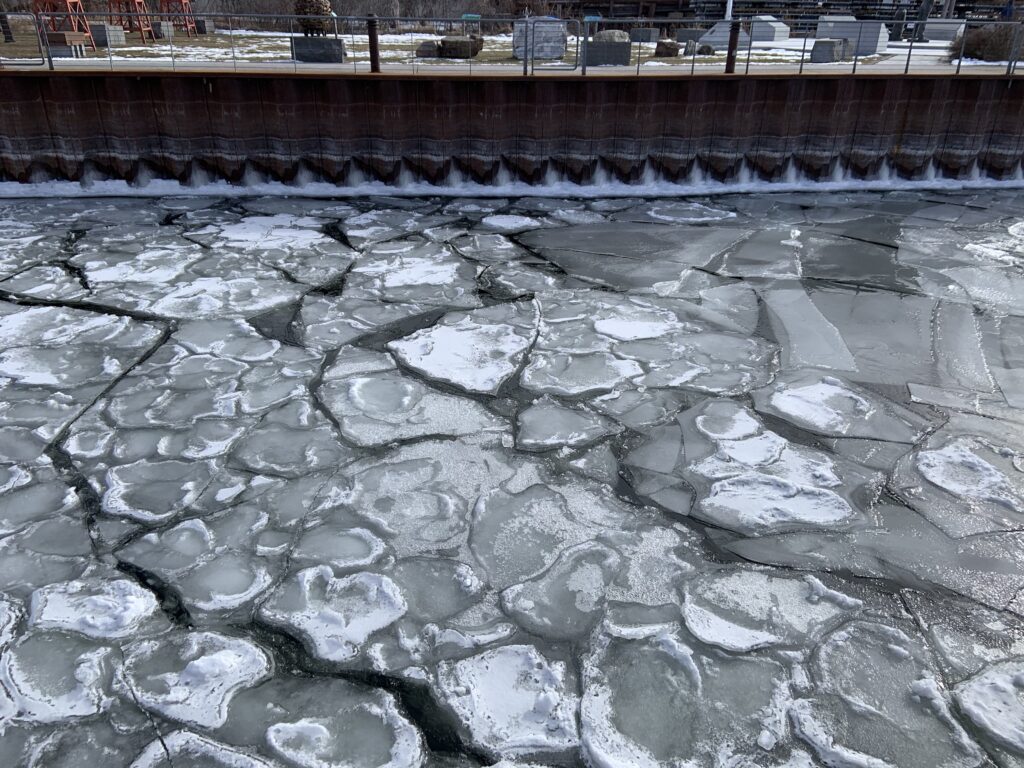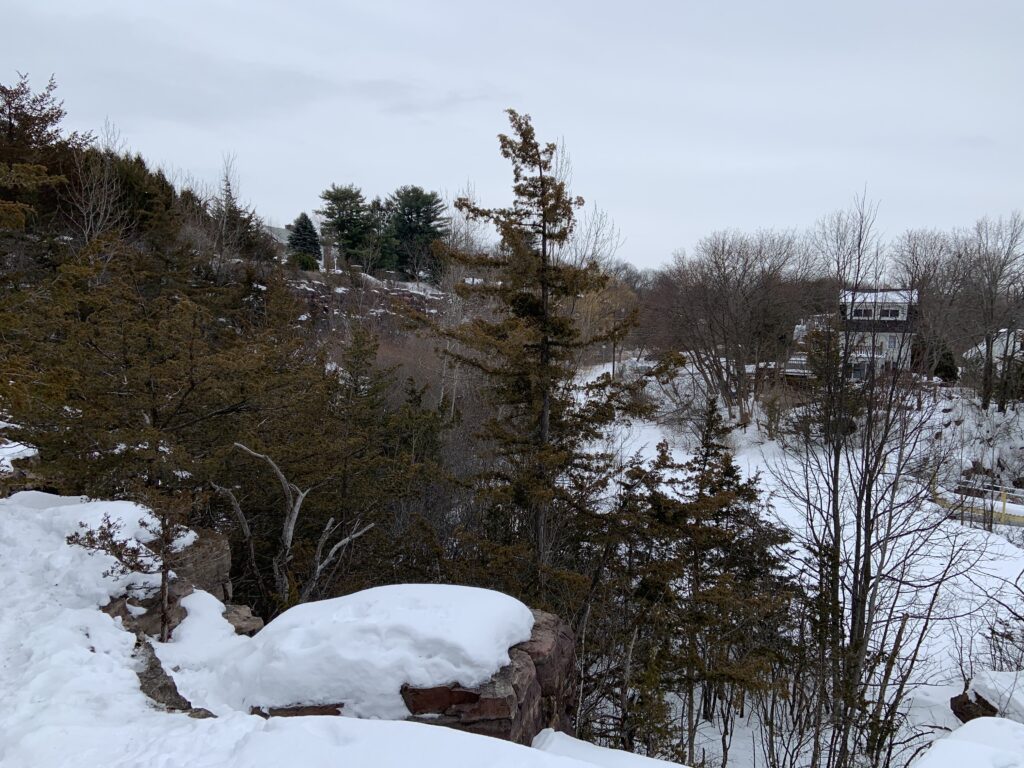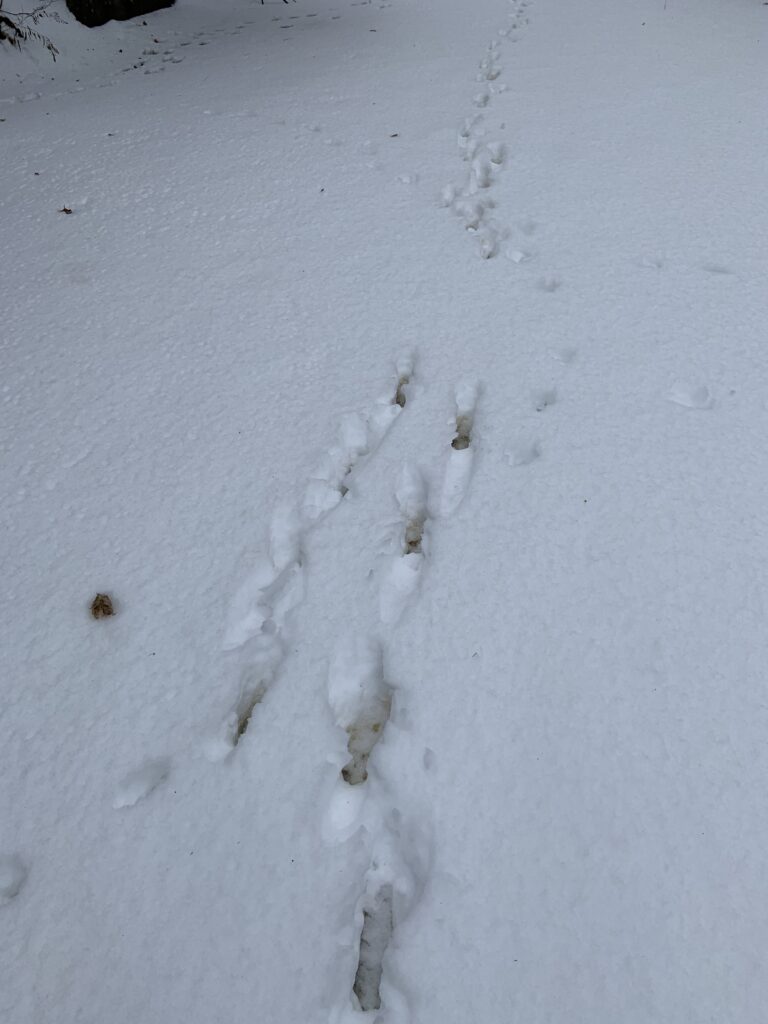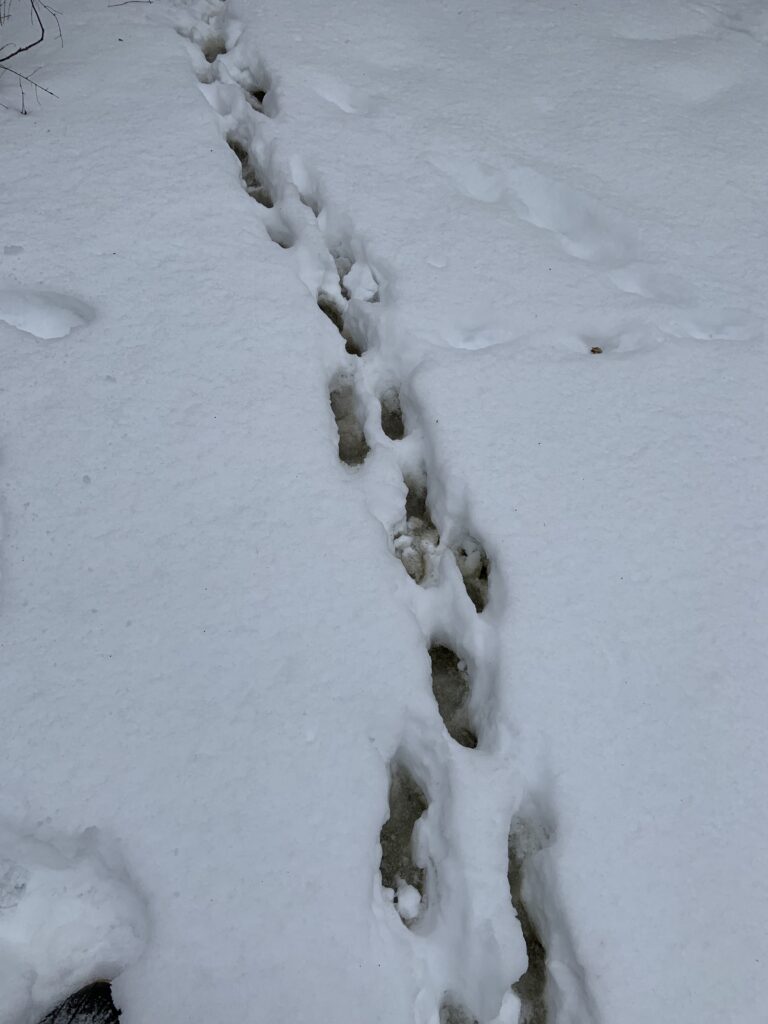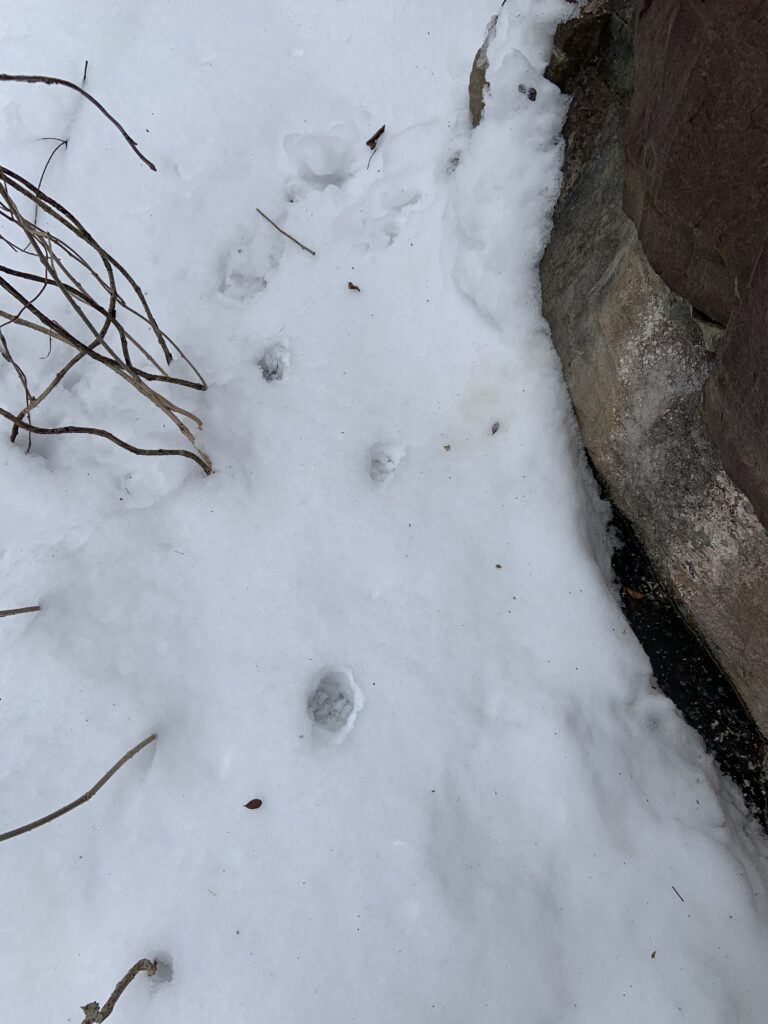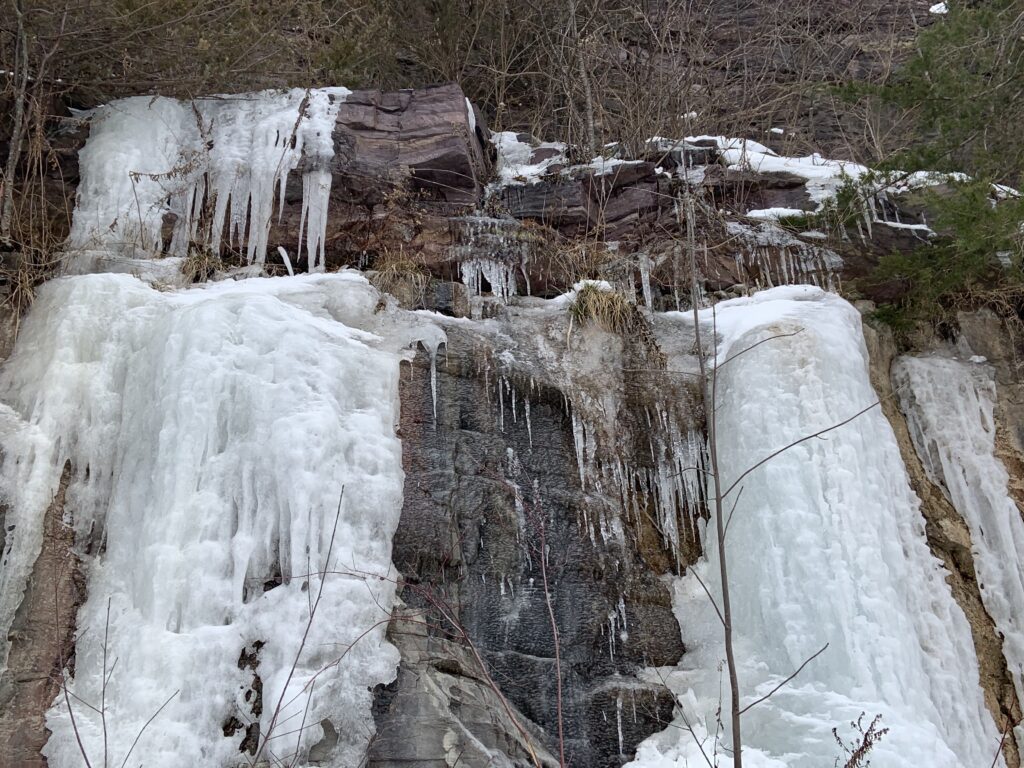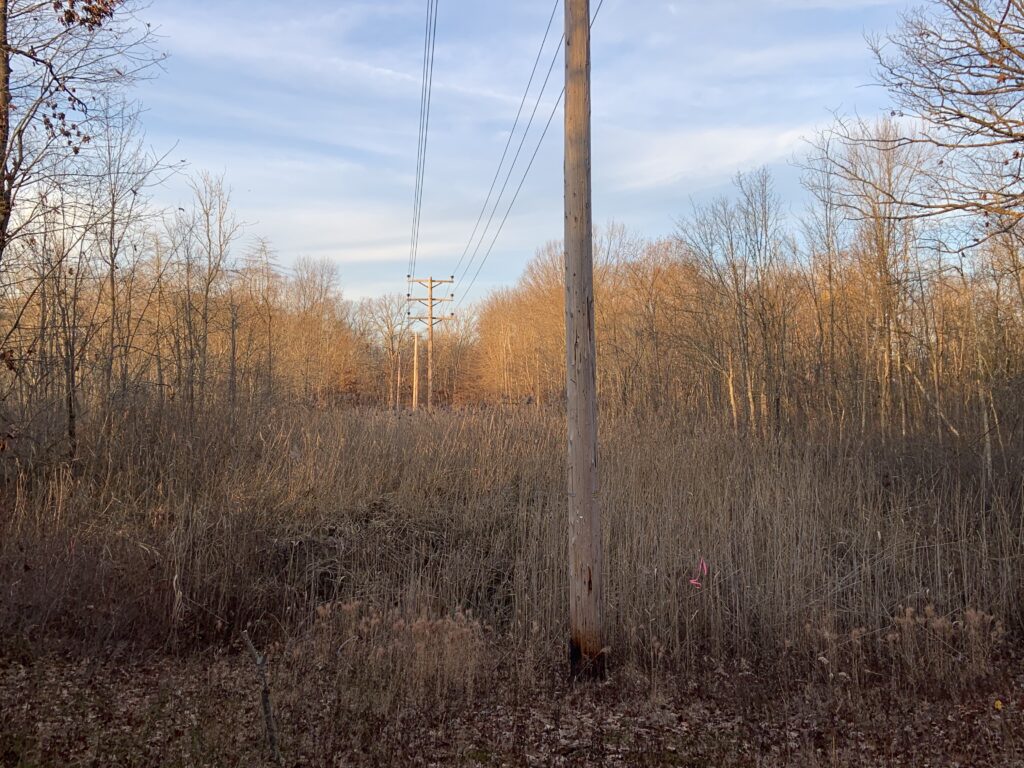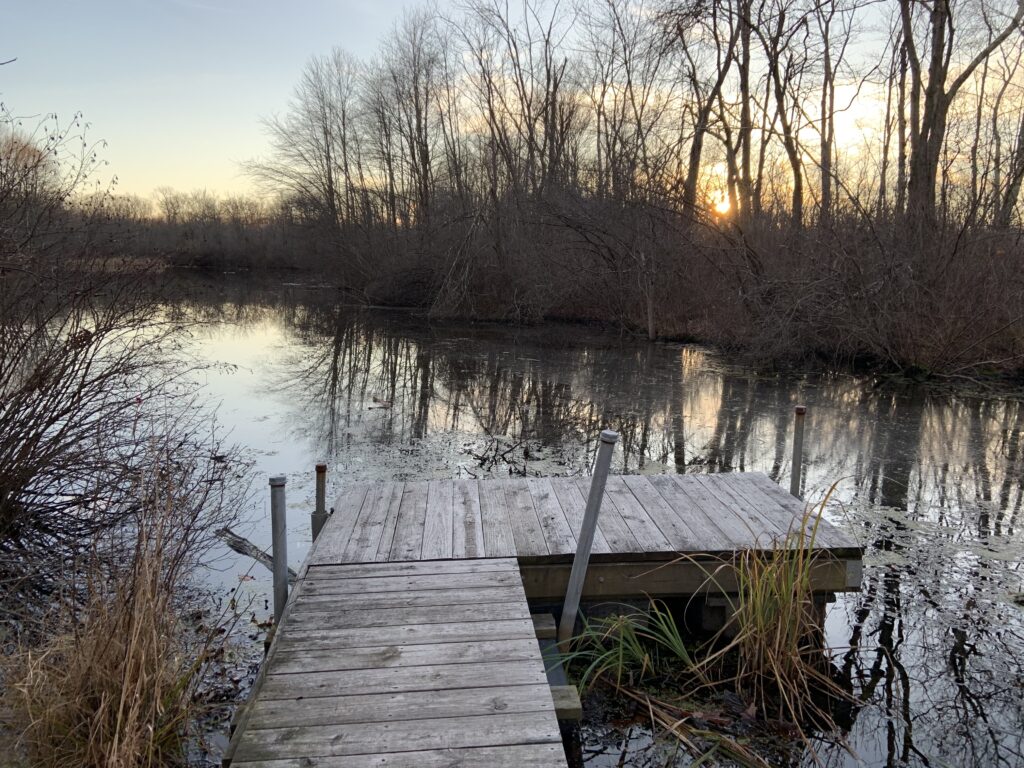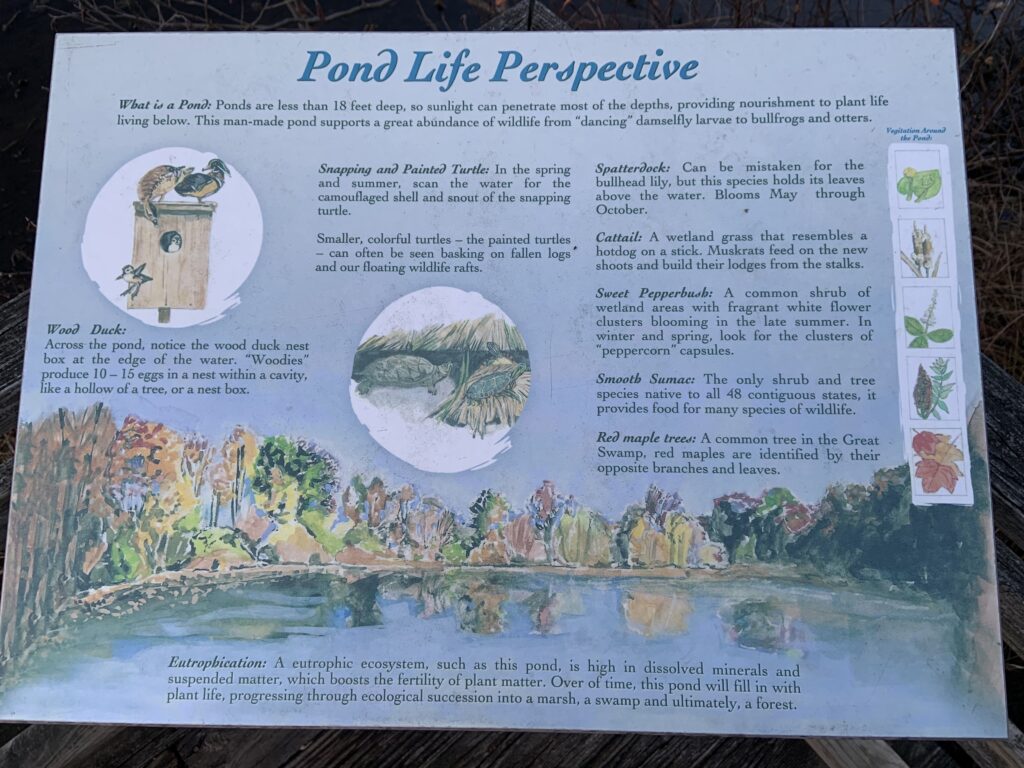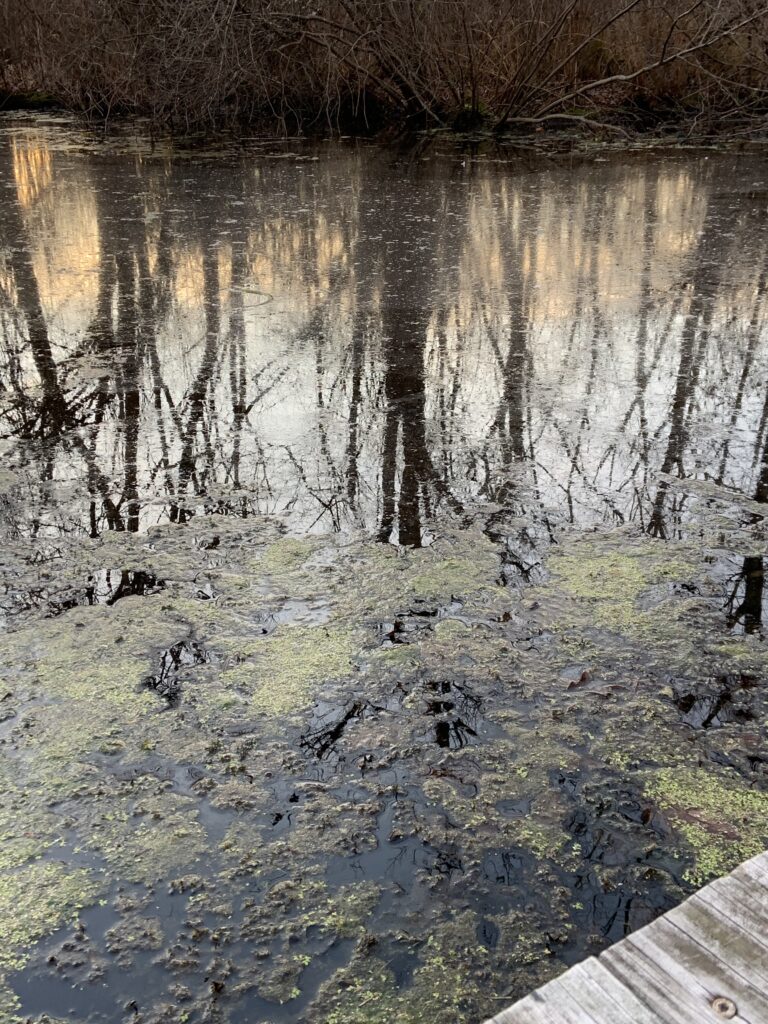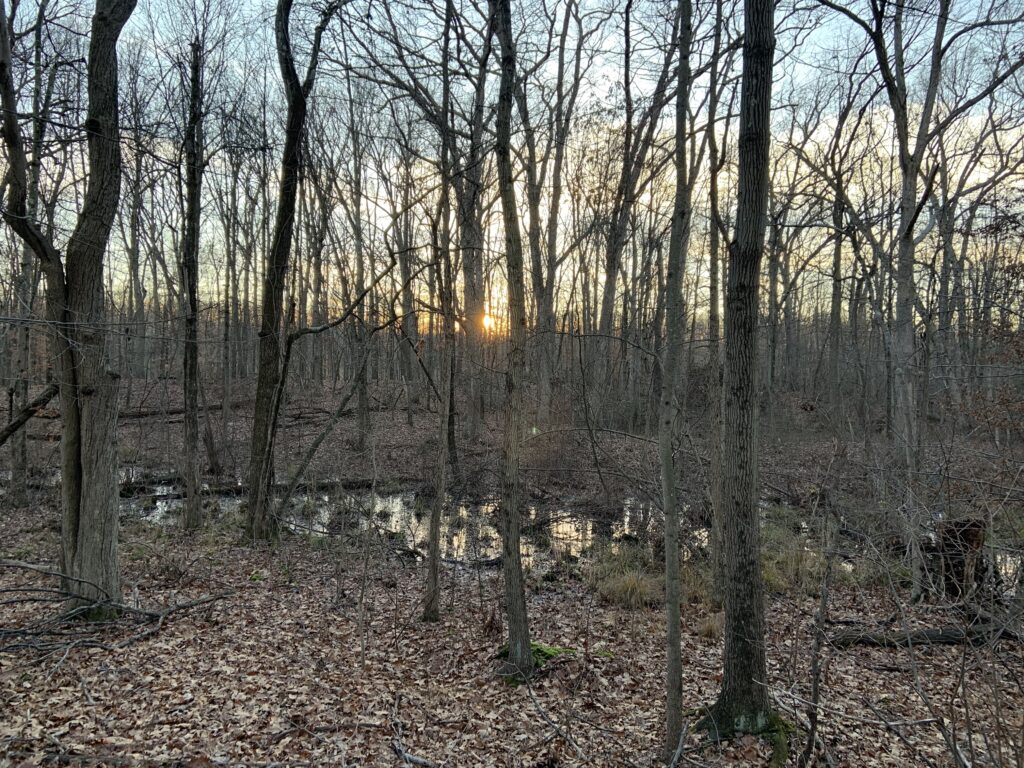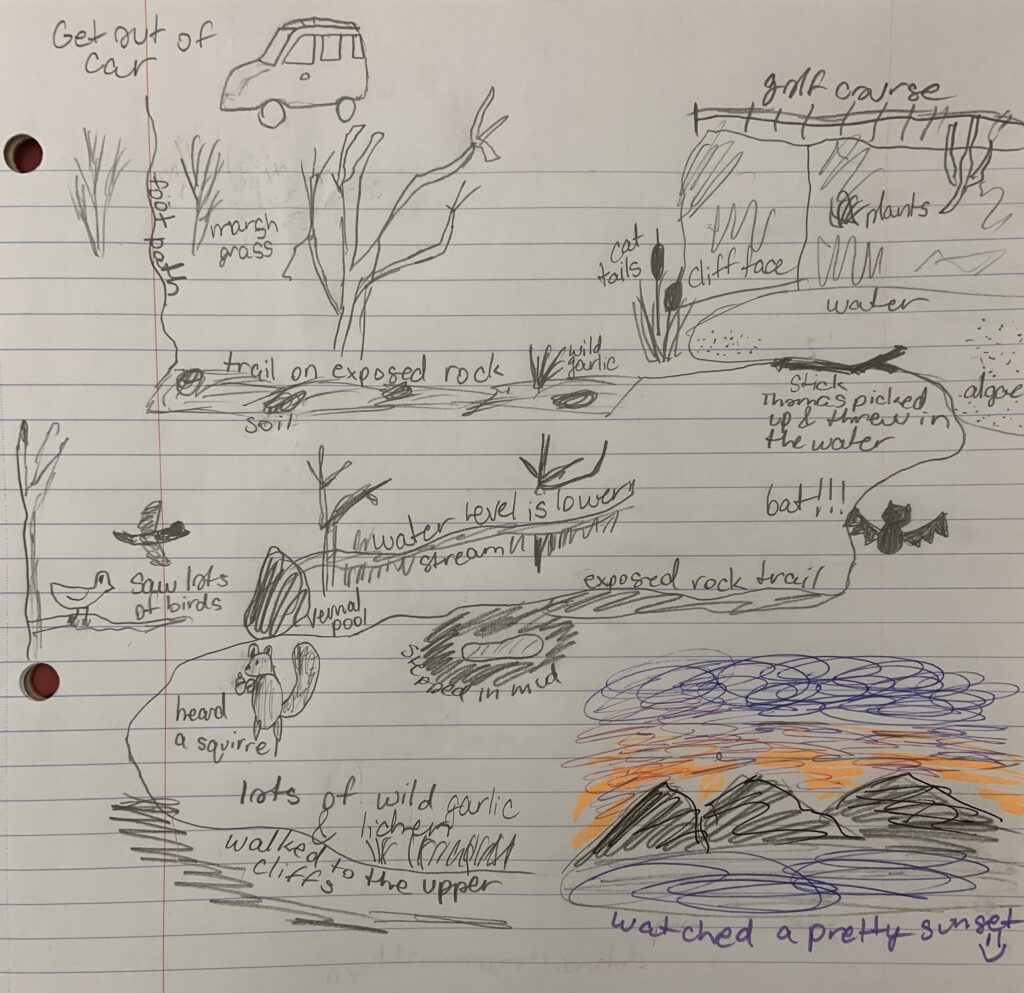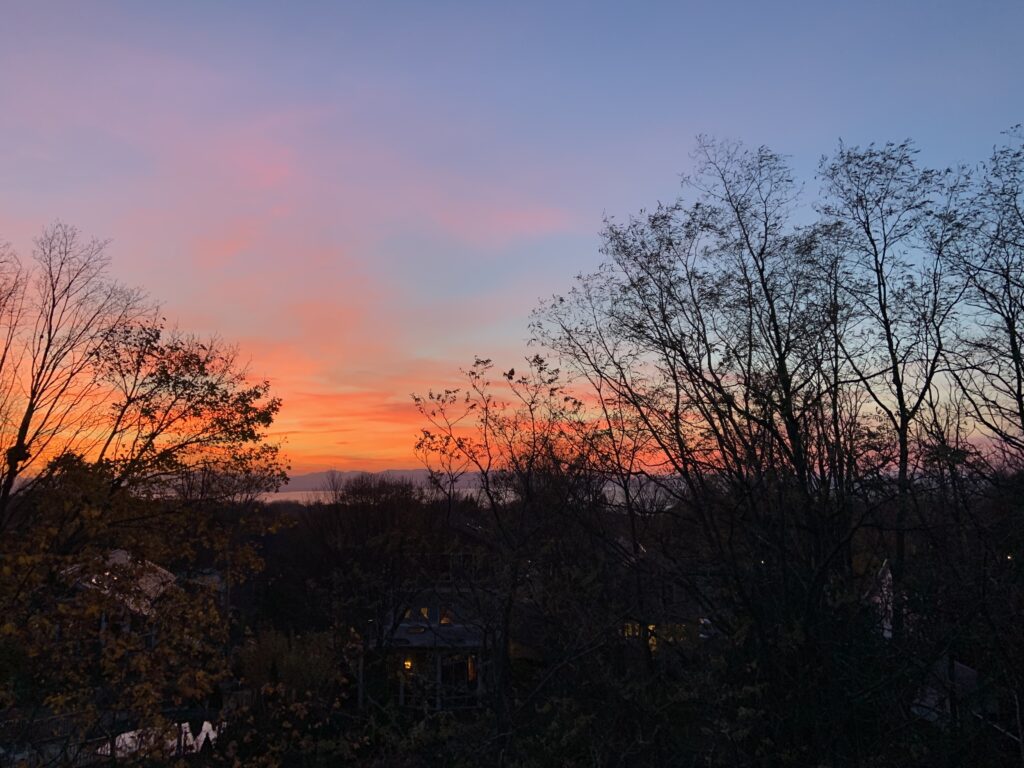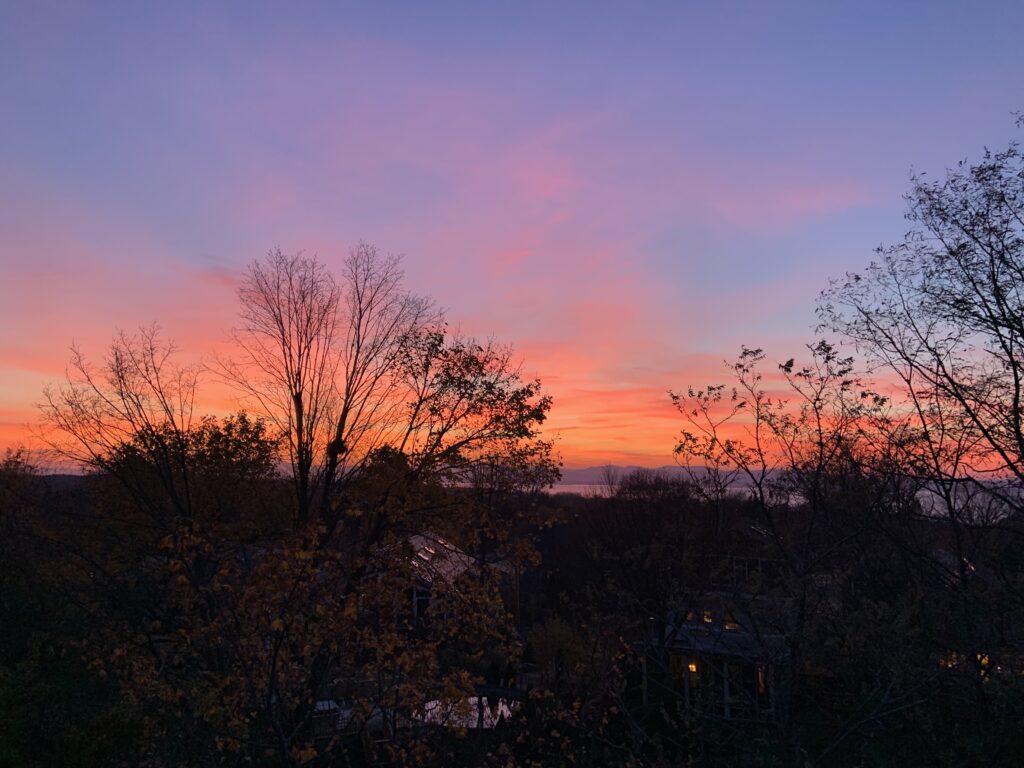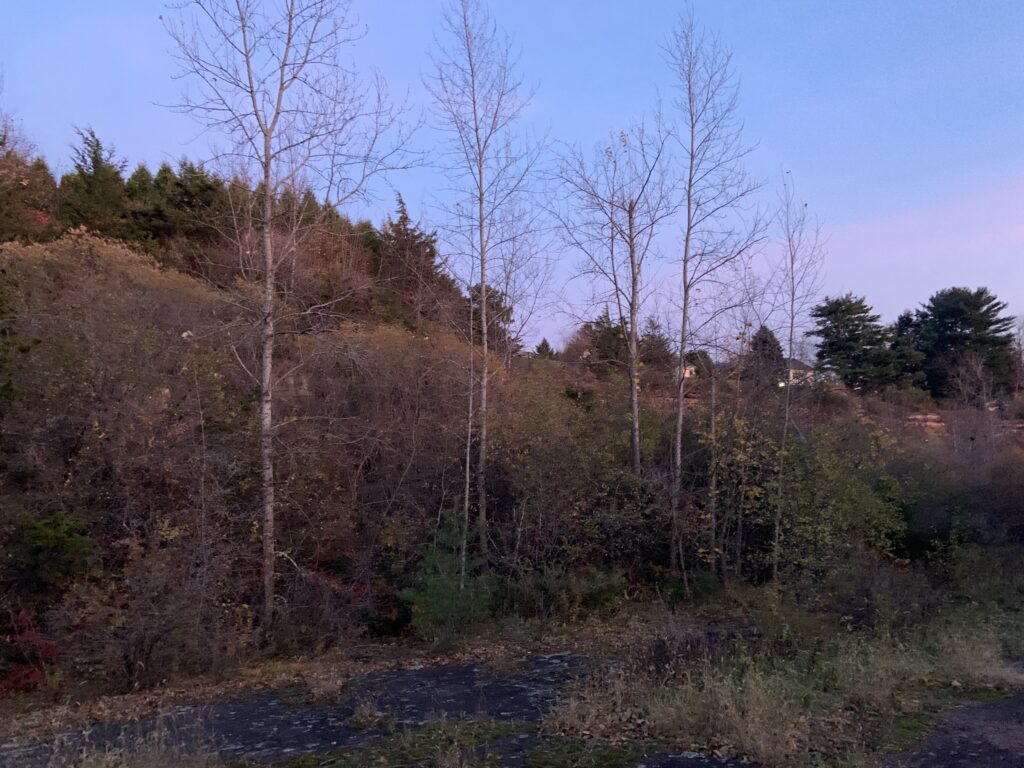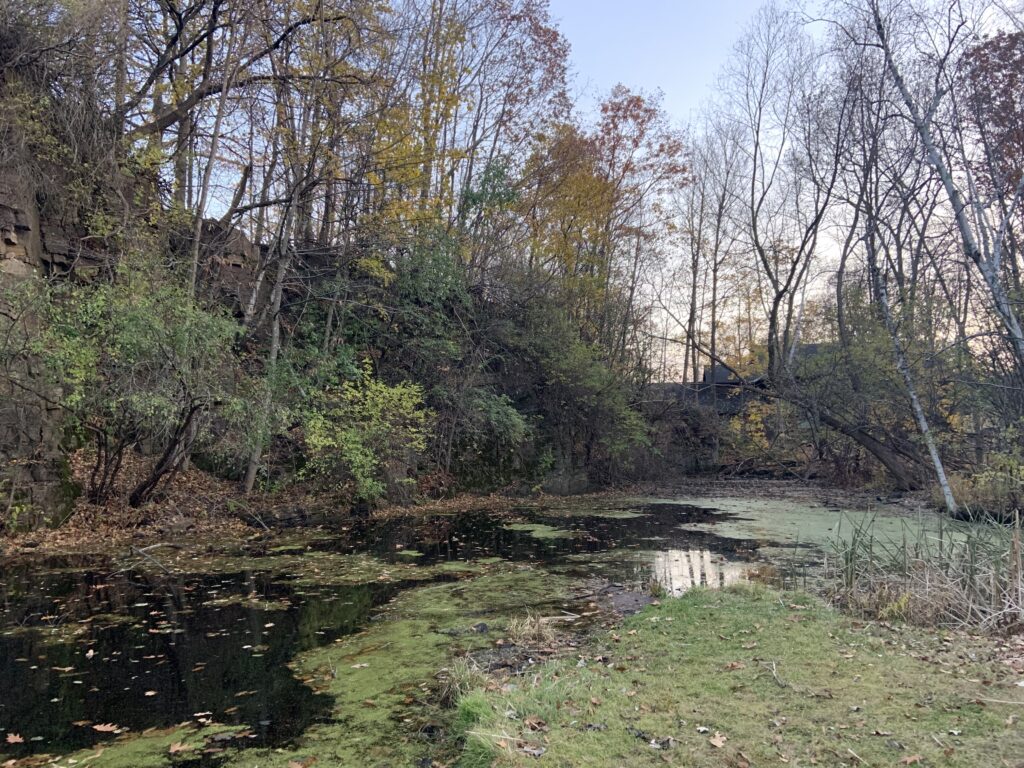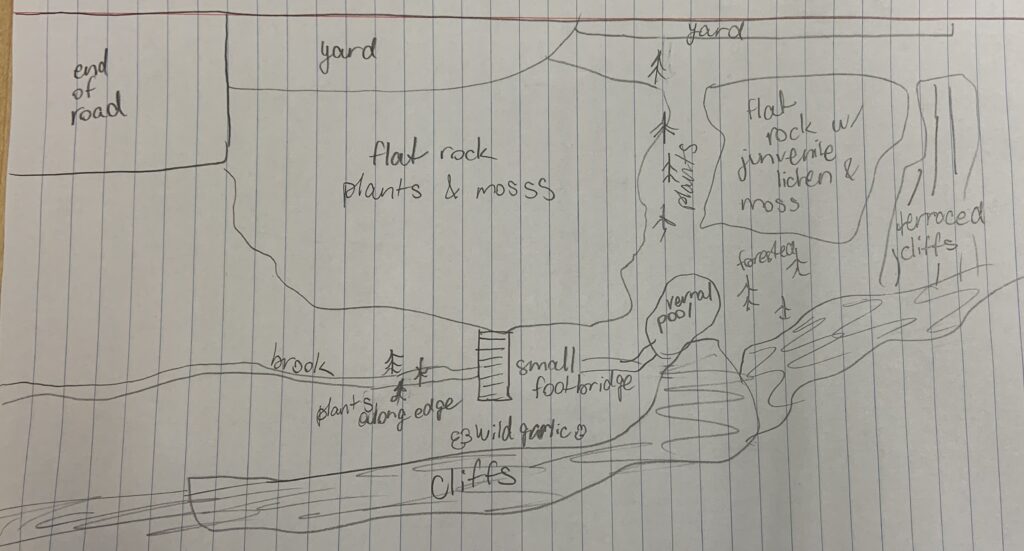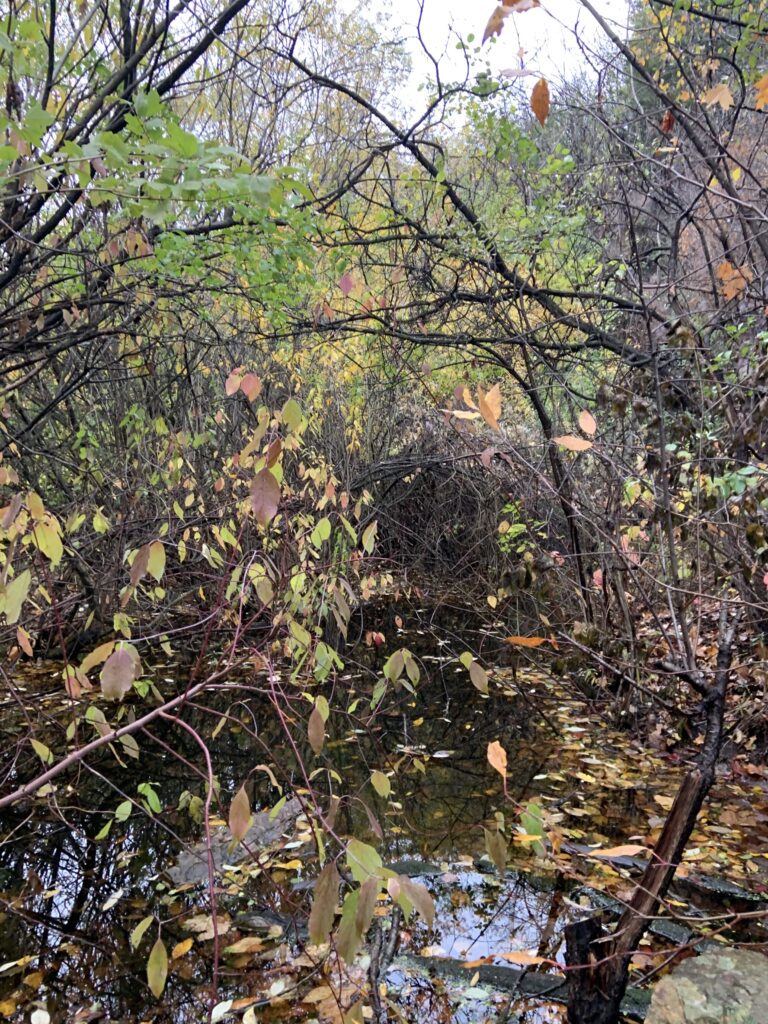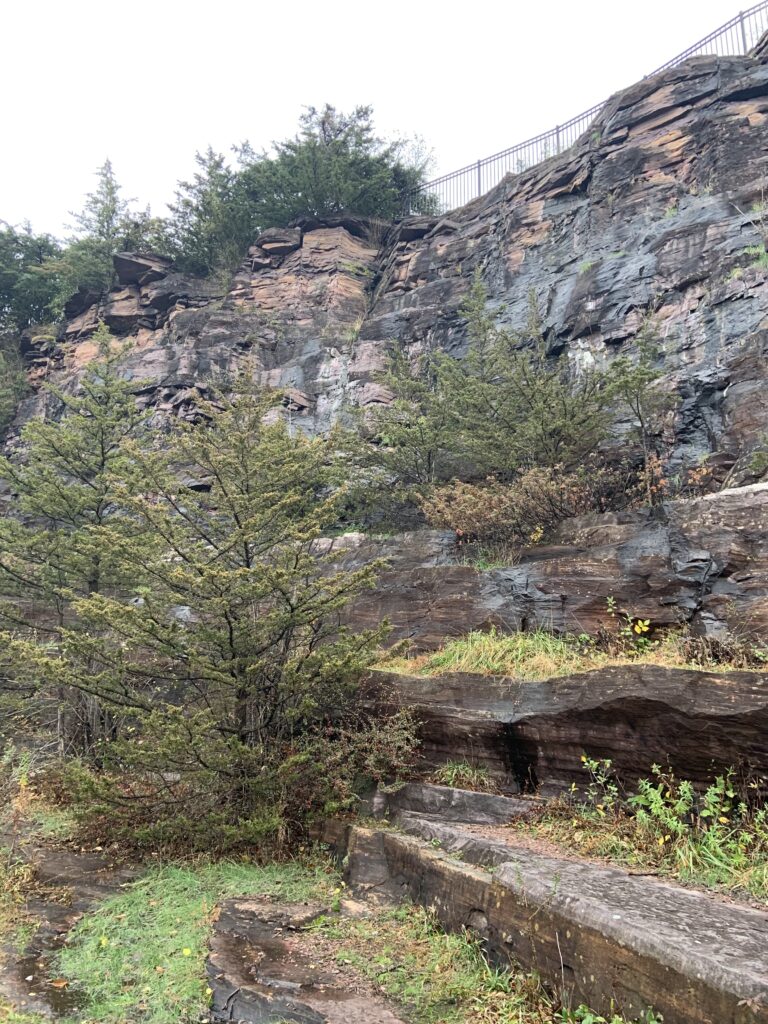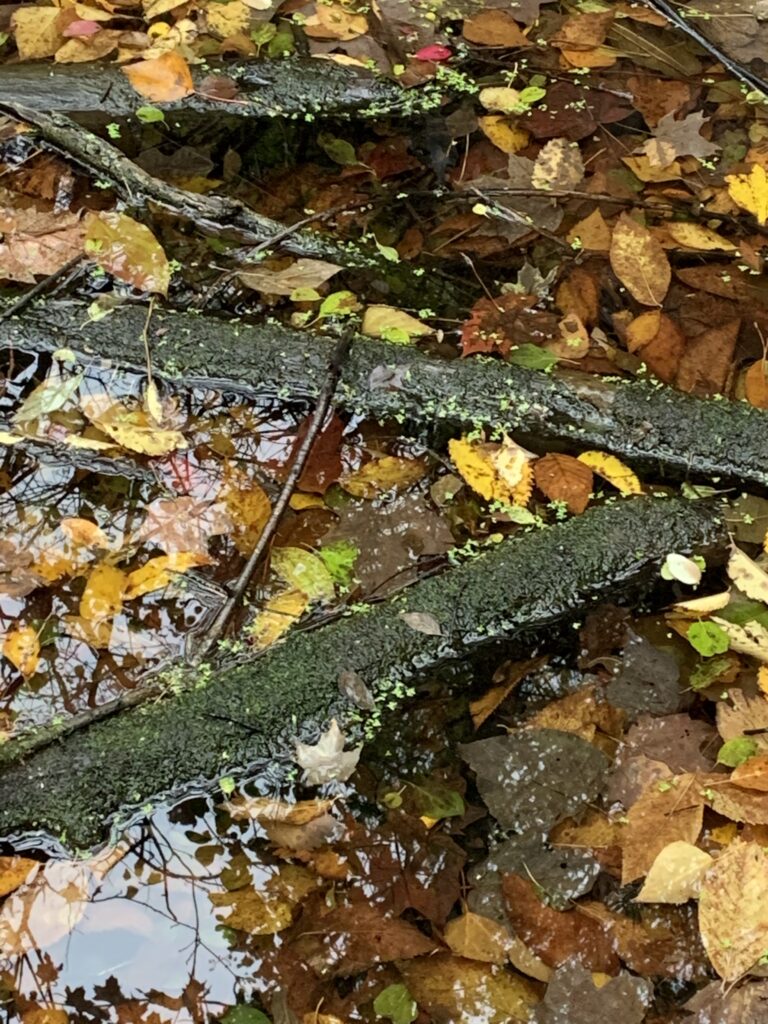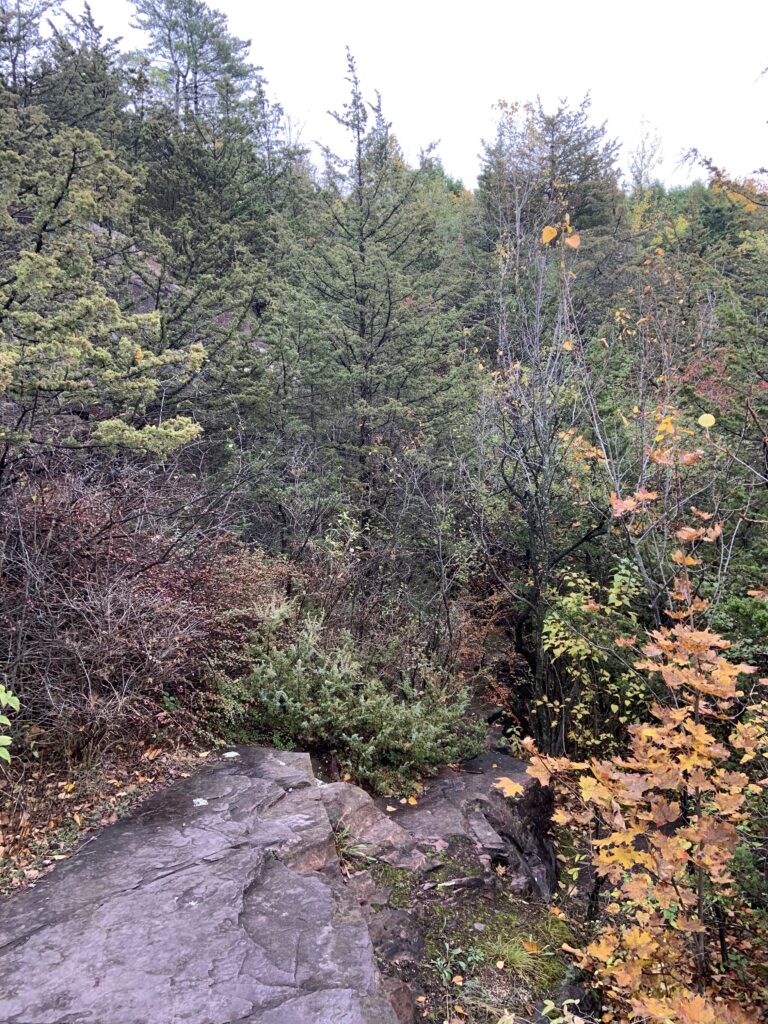Observations
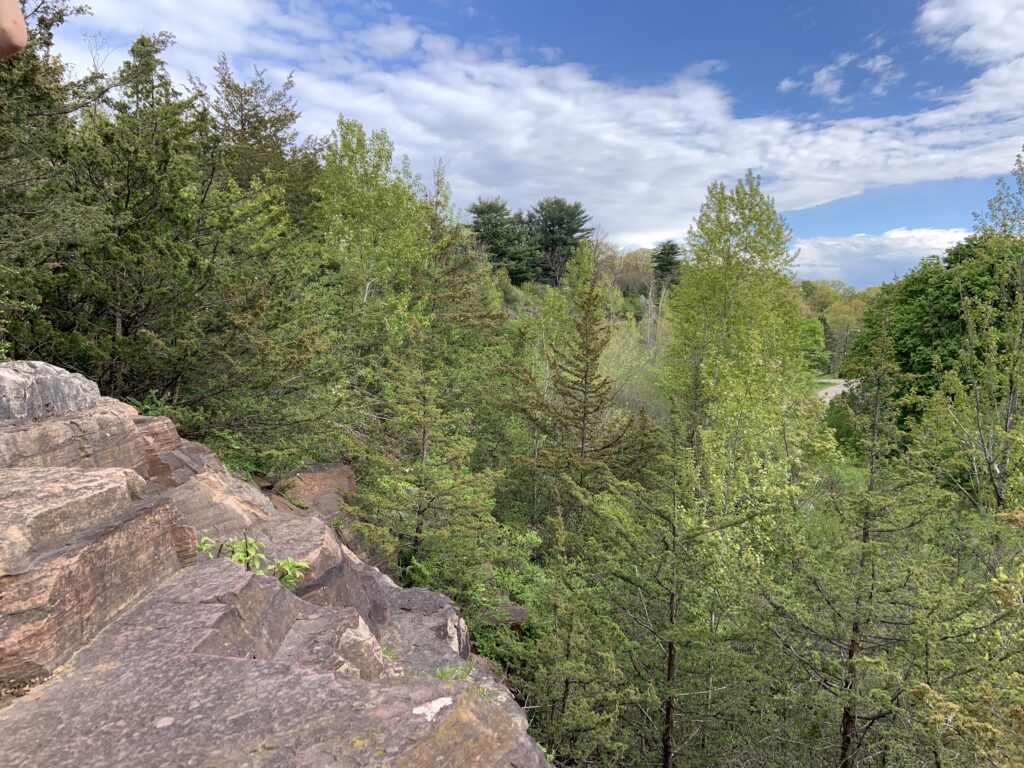
The biggest observation was how spring has truly sprung! Everything was green, leaves were growing, and the algae was growing back in the ponds. Also in the ponds, the reeds were growing new stalks as their yellowed dead ones continued to wither. There were so many flowering trees and things that I didn’t even know had flowers, like wild garlic, were flowering.

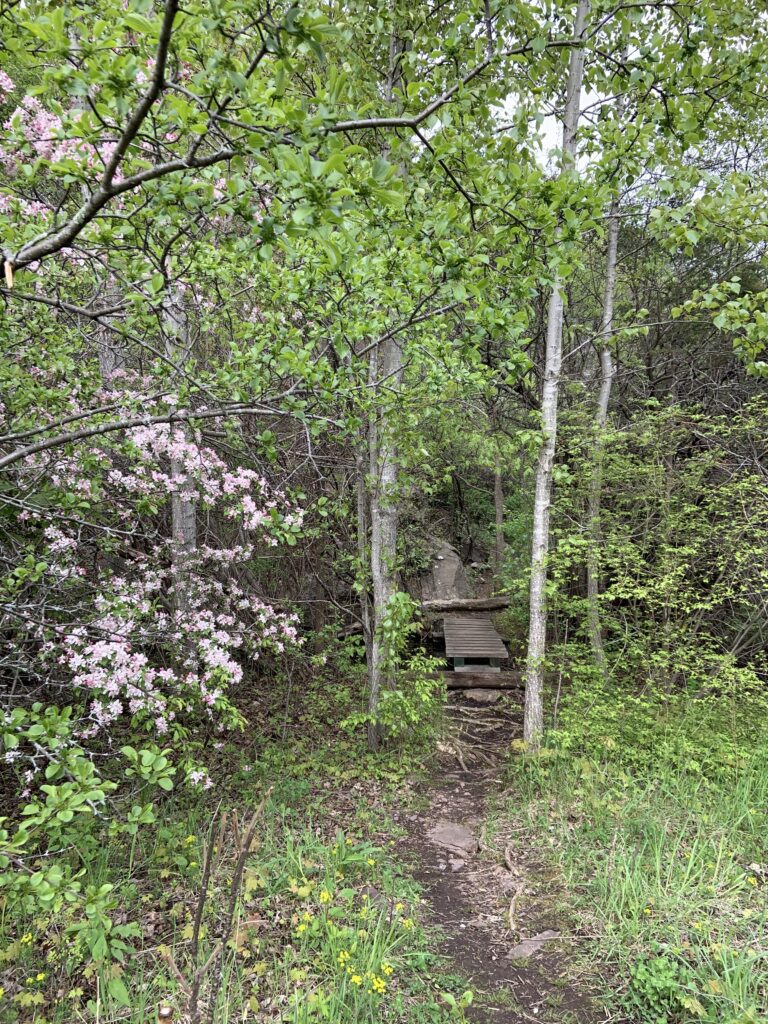
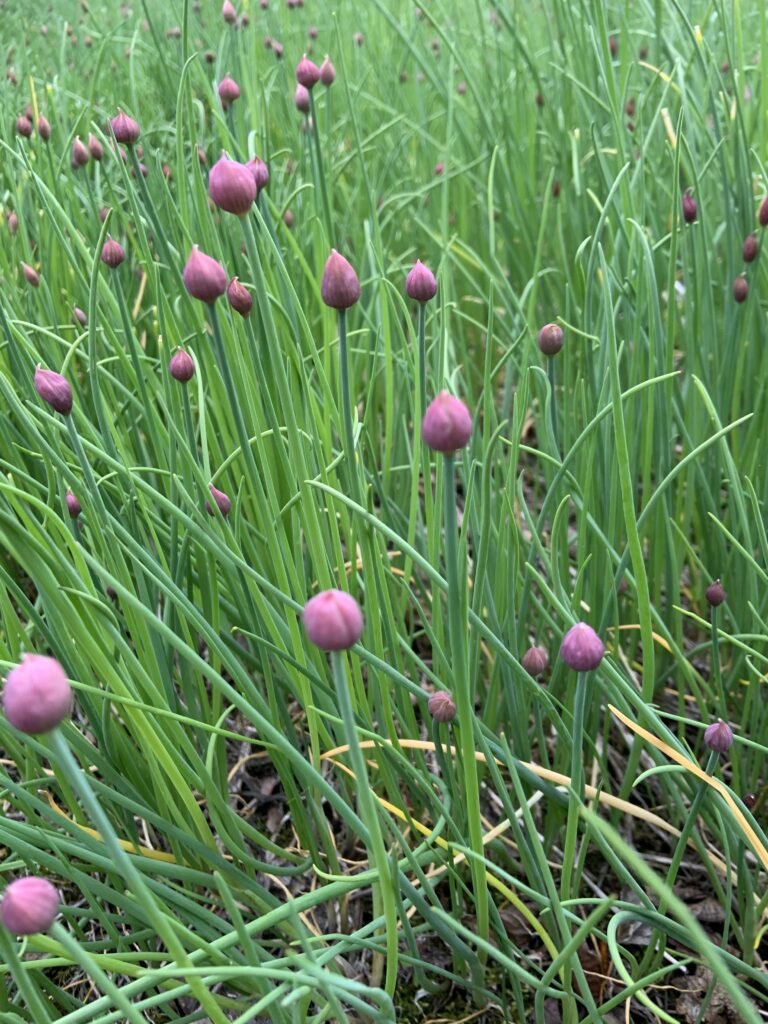
Notable animal sightings include a frog and a red-winged black bird, along with the normal fare of chipmunks and sparrows.
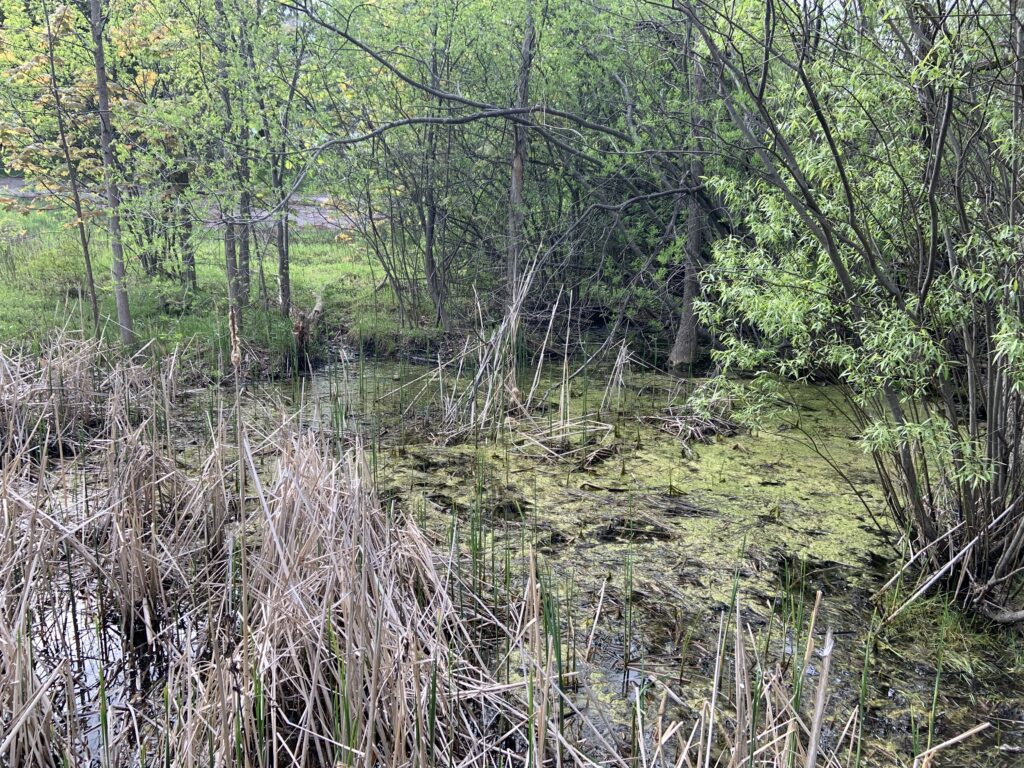
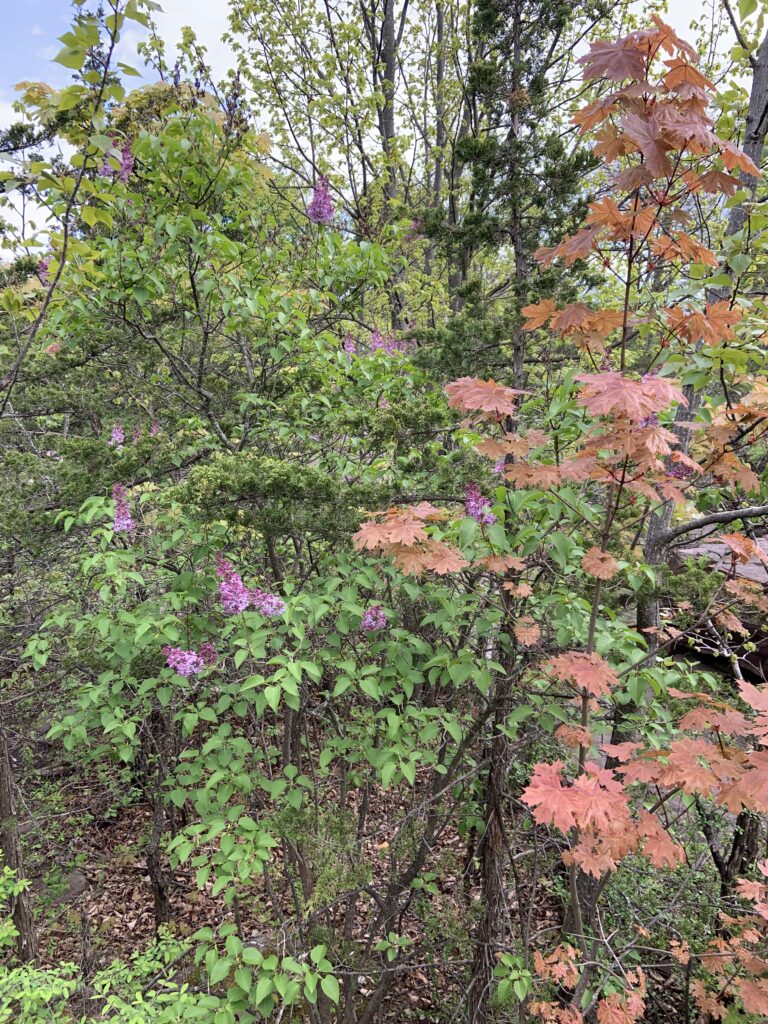
Nature and Culture
During my first visit to Redstone Quarry, we stopped to pet two Australian Shepards, whose owner was a man in is probably 50s. Now, on my last official visit, we ran into the same man. He didn’t remember us, which is understandable, but we were petting his dogs and he started asking us questions about whether we went to UVM, was this for a project, and he asked (prompted by my Grateful Dead shirt) if I listened to the Dead. Nope the shirt was just a hand-me-down, but he said that it looked super cool and went great with my pants and, “you’re like Woodstock live!” Which is like the best compliment I’ve ever received. He told us he walks his dogs there about twice a day.
I’m including this to show the human aspect of Redstone Quarry. The fact that it exists is because of human interaction. It is why Redstone Campus is named what it is. The rocks that form the very foundation of the land we live on continue to be present above ground in our culture. The man that walks his dog there twice a day is very much so apart of Redstone Quarry. People that enjoy the land have a connection to it, including me. I don’t think I would consider myself a part of that place because for me it feels temporary, I know I’m going home for break every so often. My home is not on this ground, but maybe that will change as I spend more time here. 🙂

